How to Rank #1 in Google (New Step-by-Step Case Study)
Written by Brian Dean

In this post I’m going to show you exactly how to rank #1 in Google.
In fact, this is the exact process I used to rank #1 for the VERY competitive keyword: “list building”:
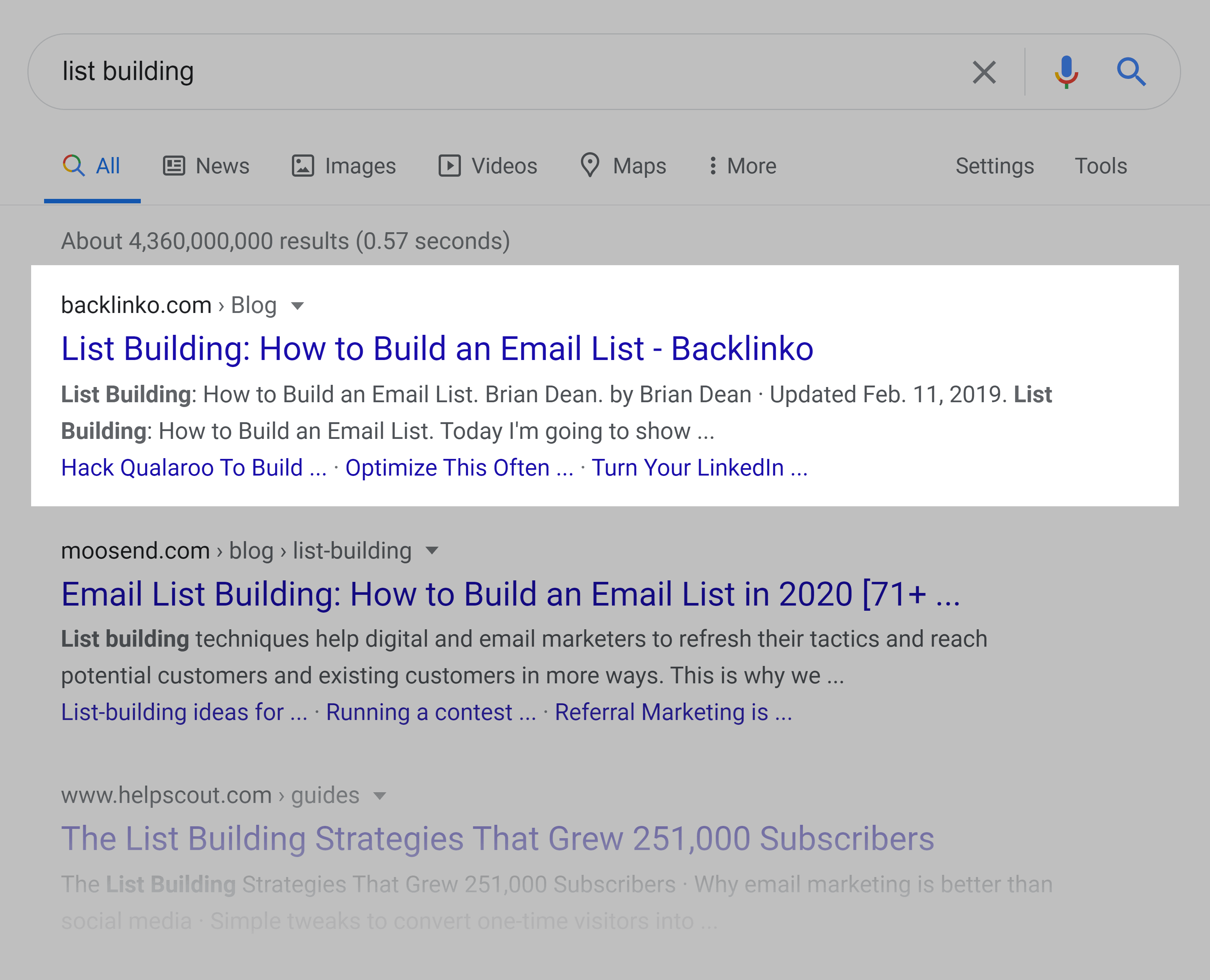
And today you’re going to see how I did it, step-by-step.
Let’s dive right in.
How I Outranked Big Brands (And Hit the #1 Spot in Google for “List Building”)
A few years ago, I published a post on my blog called “List Building: How to Build an Email List”.
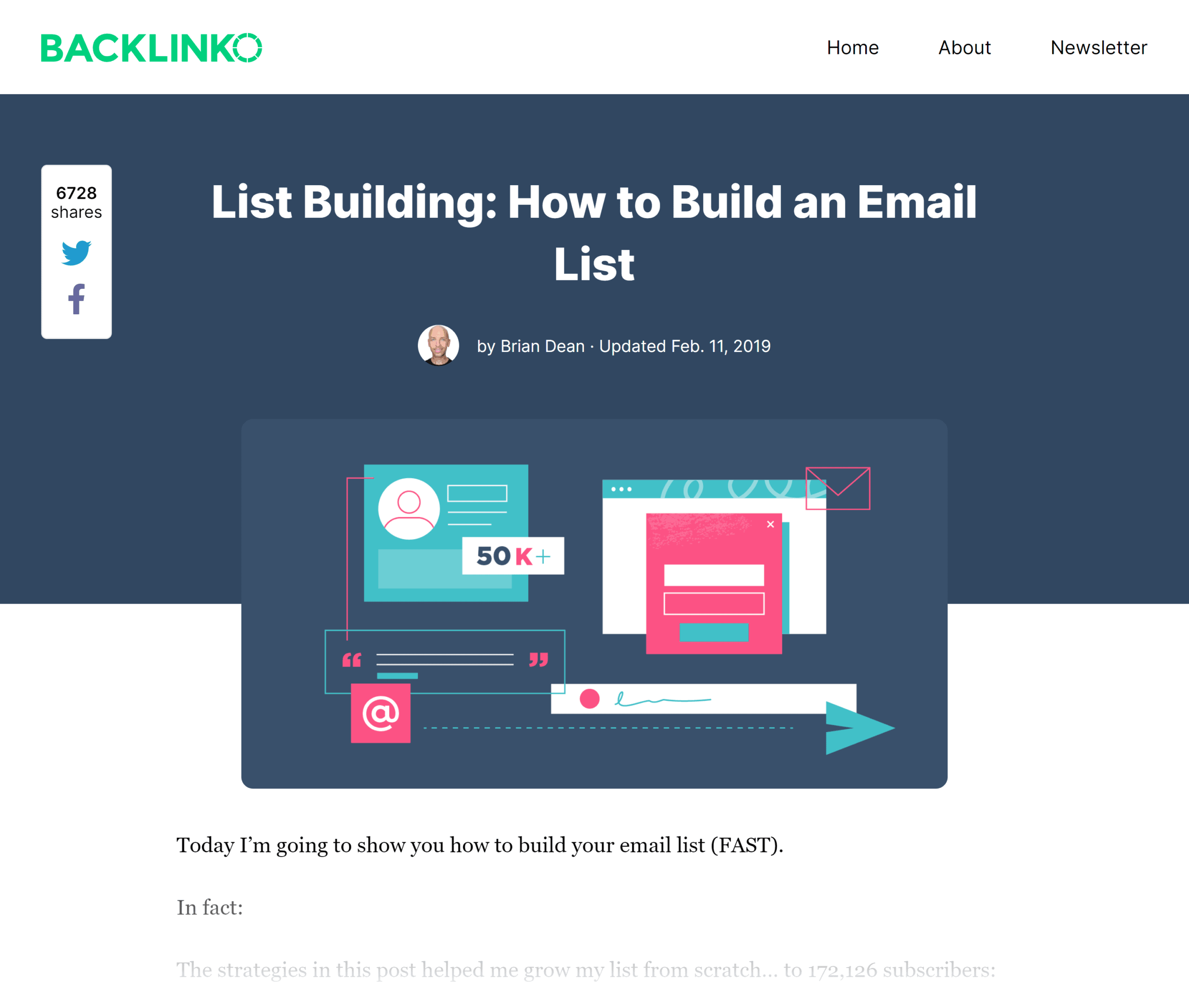
And my target keyword for that page was “list building”.

Now:
The keyword “list building” is INSANELY COMPETITIVE.
Think about it:
Every email marketing company in the world wants to rank this keyword.
And I’m a one man show going head-to-head against giant companies like MailChimp, Aweber and Infusionsoft.
To be honest:
I wasn’t sure that I’d be able to outrank these big brands for such a competitive keyword.
But thanks to the process I’m about to share with you, my post quickly hit Google’s first page for my target keyword.
And today, I rank in the top 5 for “list building”.

My post also ranks in Google for dozens of related keywords like “list building tips”, “list building strategies” and more.
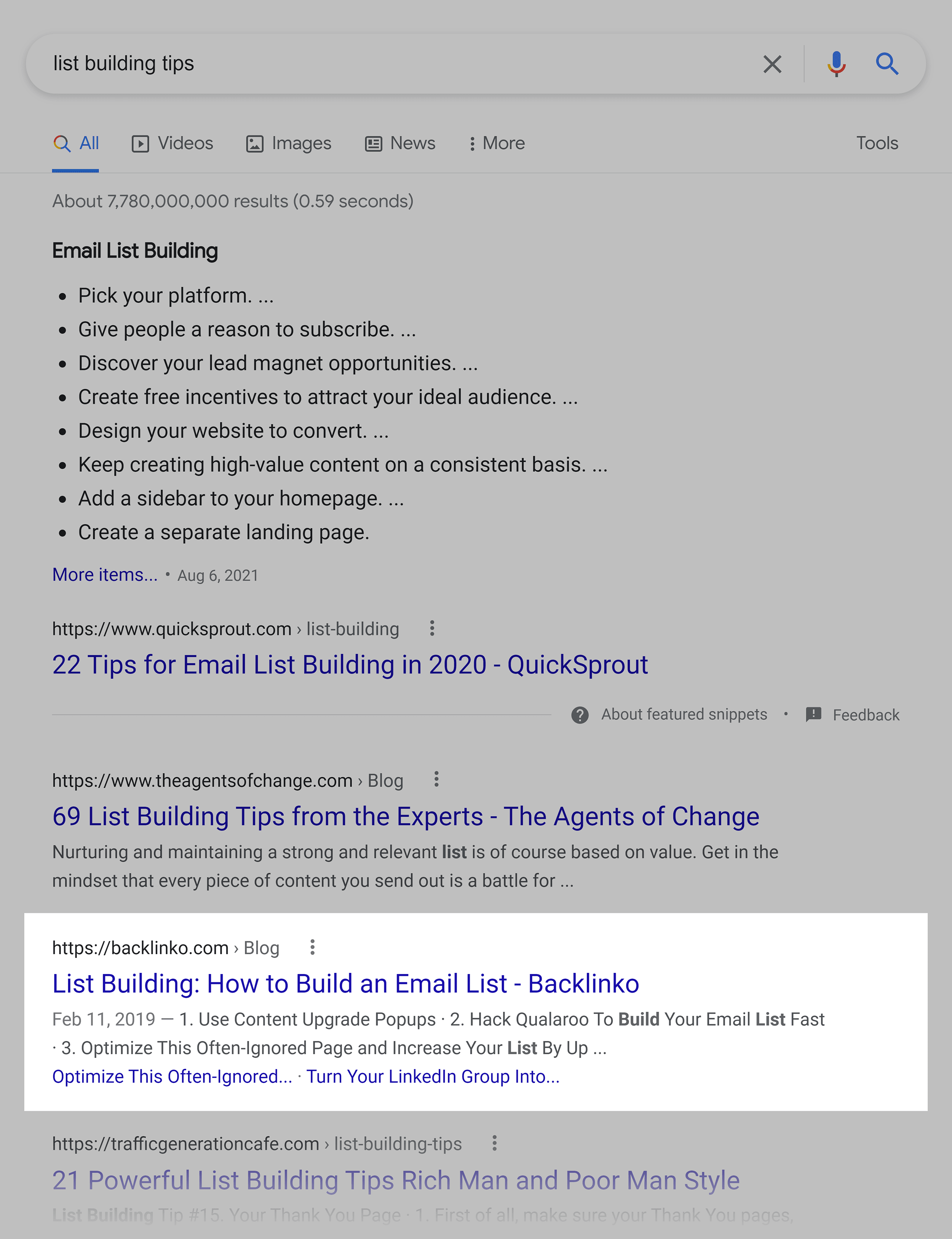
And thanks to all these first-page rankings, that single piece of content has brought in 117,655 visits since I first published it.
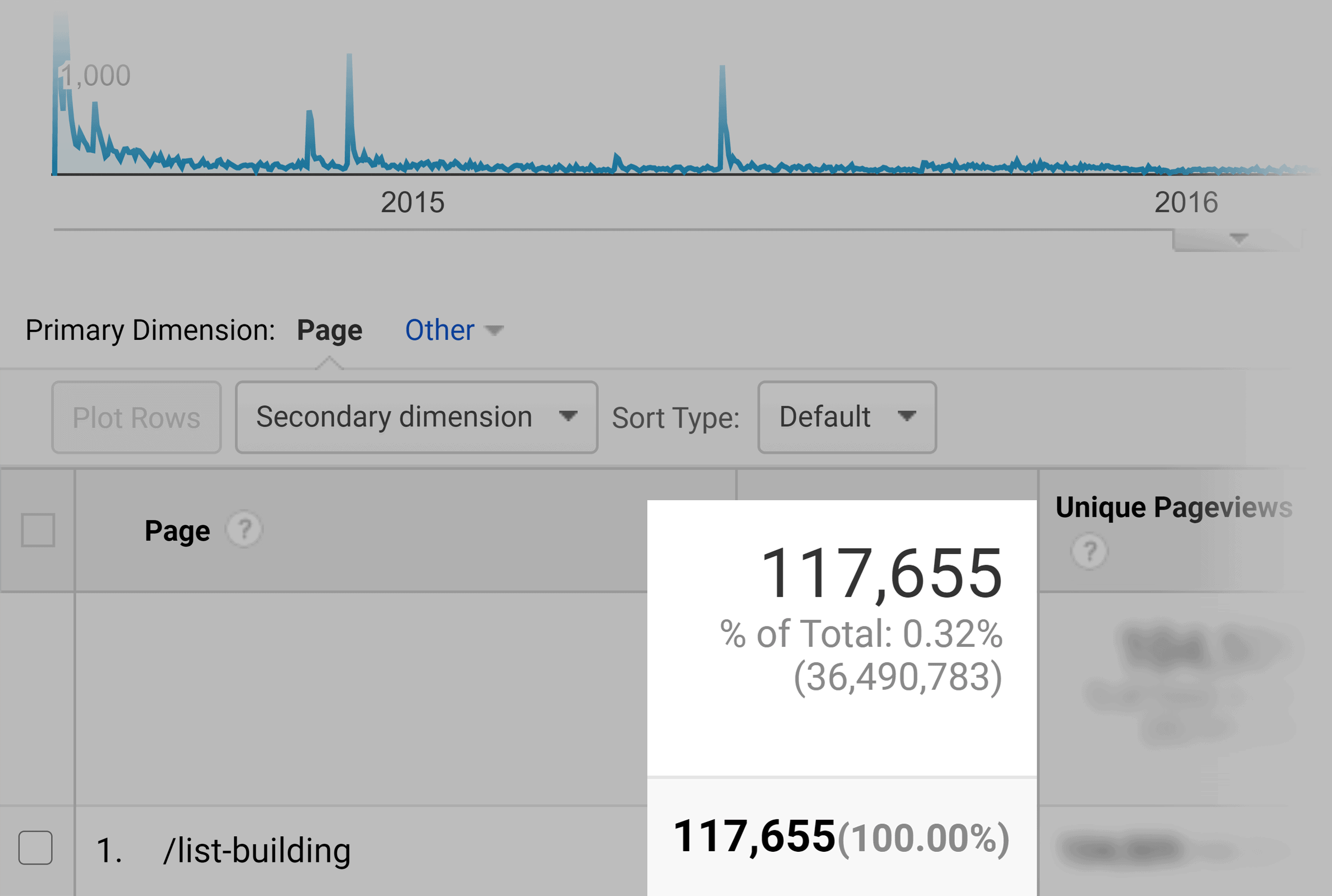
OK, enough bragging. 🙂
It’s time for me to show you how I did it…
…step-by-step.
Step #1: Make Your Content Insanely Actionable
A few years back, Google rolled out a major update to their algorithm called RankBrain.

RankBrain measures how Google searchers interact with your site in the search results.
If people like your result, Google gives you a rankings boost.

If not, they’ll drop your rankings like a stone.
And from my own SEO experiments, I’ve found that all Google searches want the same thing:
Actionable Content.
Think about it:
When someone searches for something in Google, they don’t want to read some random person’s opinion.
Instead, they want tactics that they can use to solve their problem right away.
And if you can give that to them, Google will notice… and bump you up a few spots.
For example, when you search for the keyword “list building”, you DON’T want to hear why building your email list is important.
You DON’T want my take on the future of list building.
You want simple strategies that you can use right away.
That’s why my post has zero fluff and zero filter.
It’s literally a short intro and 17 bite-sized tips that you can implement within a few minutes.
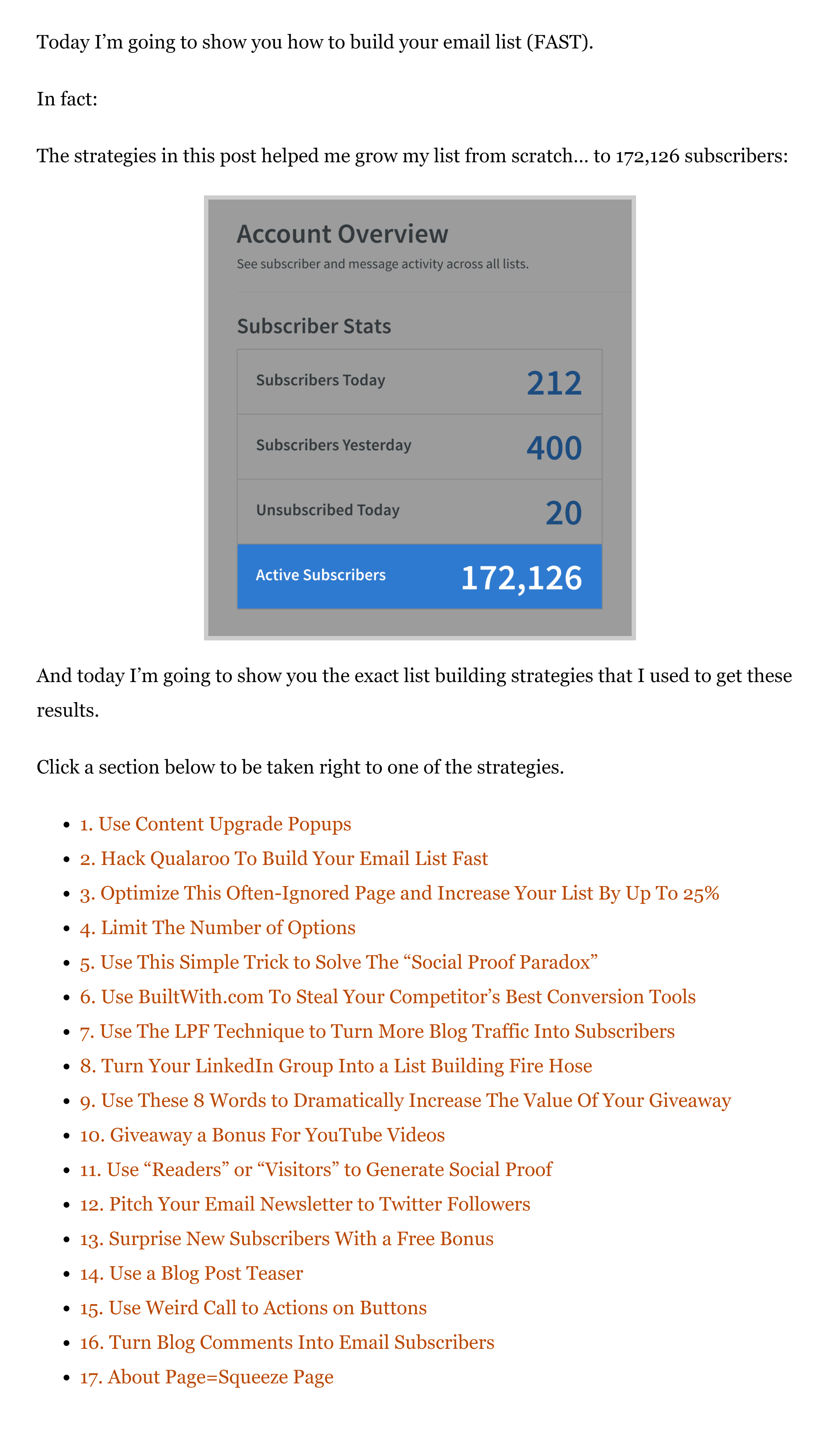
And because Google searchers love my result, I rank above sites like Hubspot and ProBlogger even though they have WAY more backlinks than me.
Step #2: Use The OPP Formula
I conducted the biggest search engine ranking factors study ever.
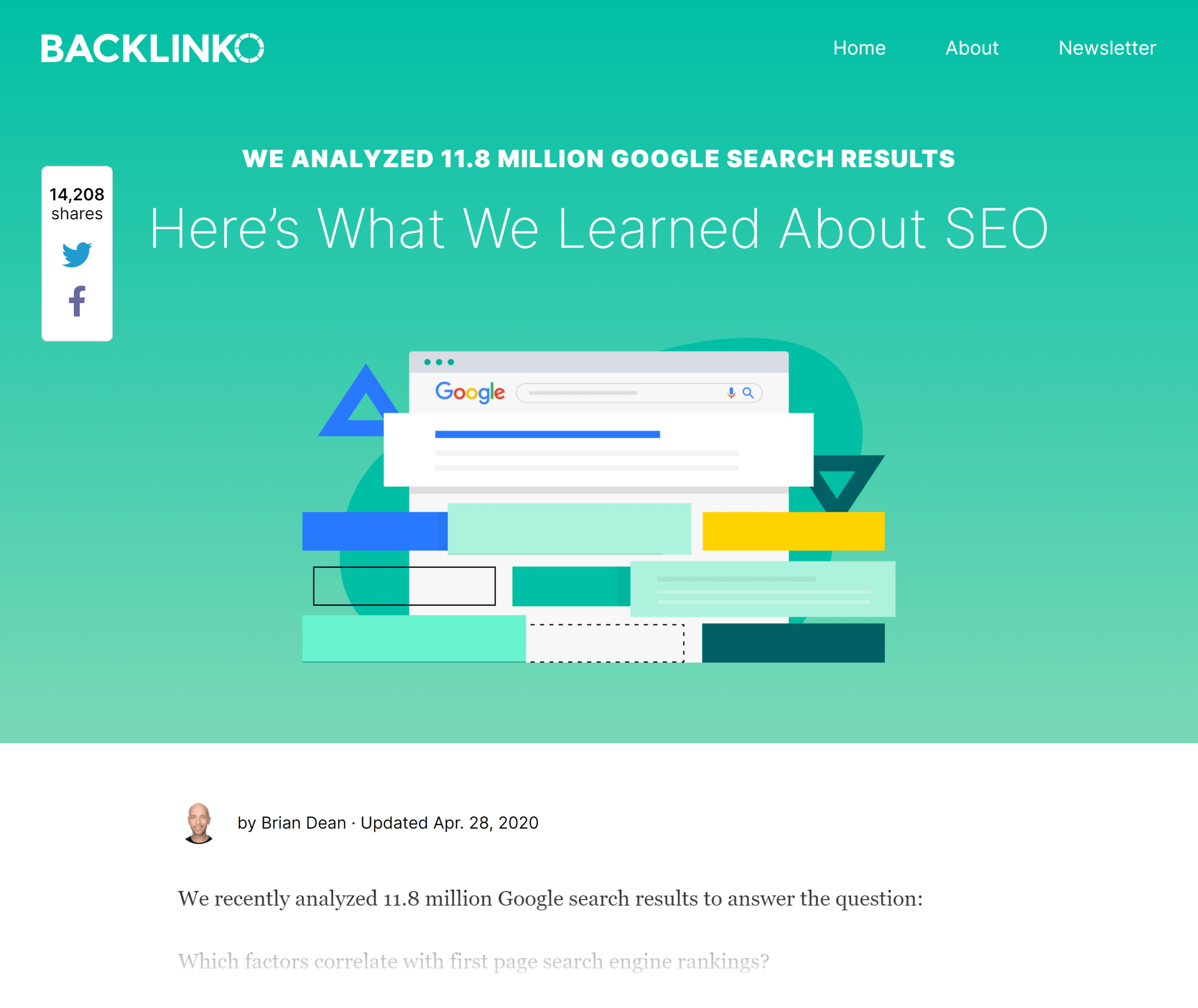
And one of our most interesting findings was that sites with a low bounce rate tend to rank above sites with a high bounce rate.
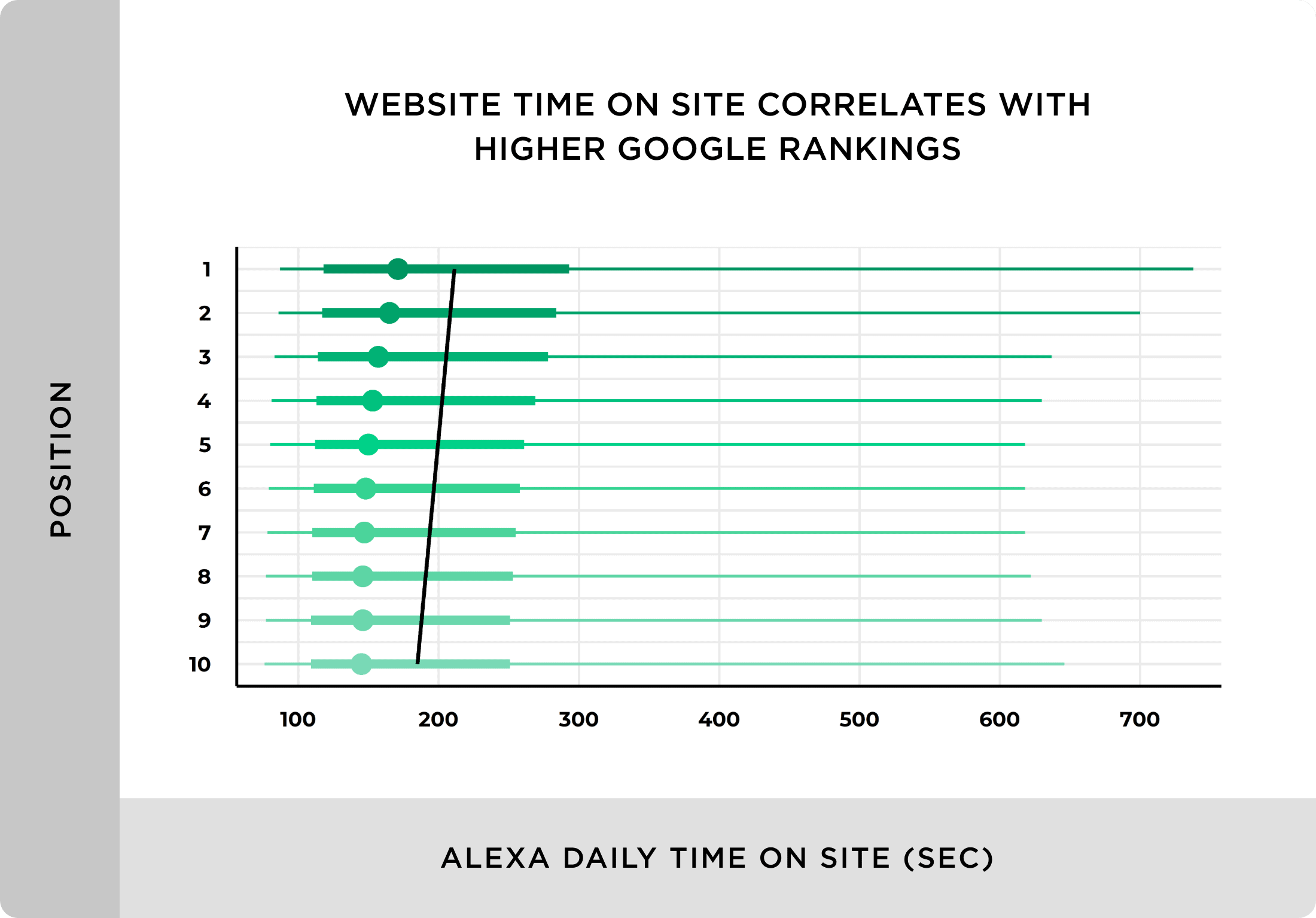
As you might already know, a bounce is when someone visits your site….and then quickly jumps back to the search results.
And if lots of people bounce from your site, it sends a strong message to Google that people don’t like your content.
Like I mentioned earlier, if people aren’t loving your content, Google will notice… and drop your rankings.
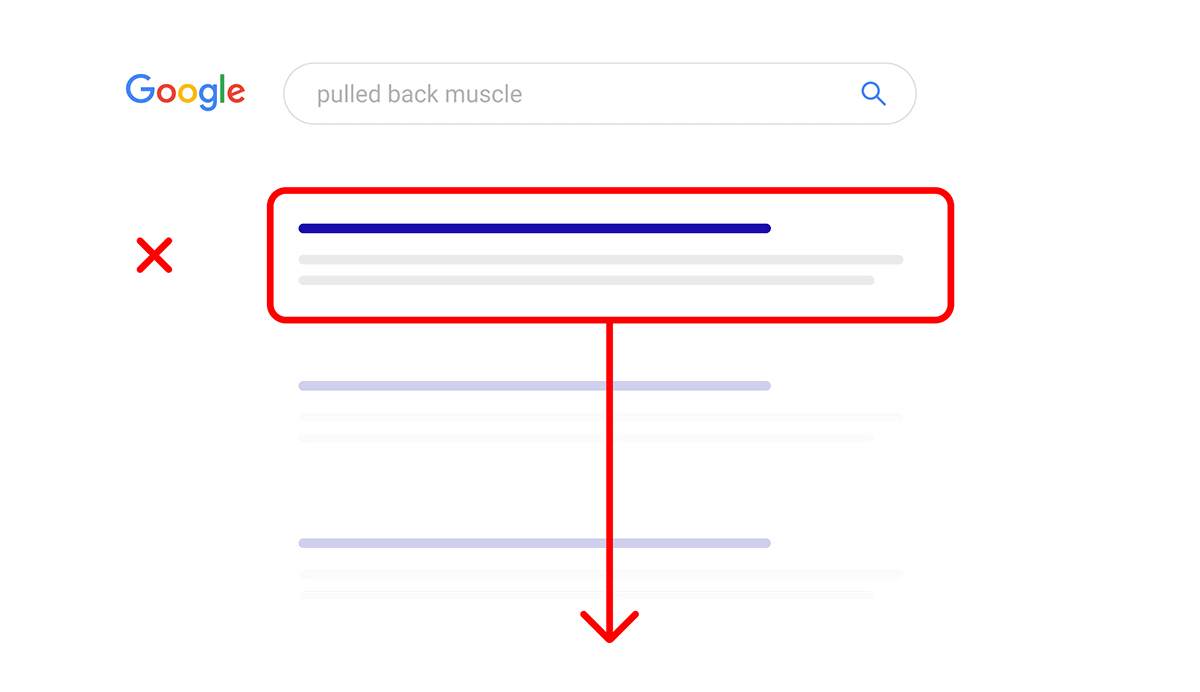
Fortunately, there’s a simple way to improve your bounce rate:
The OPP Formula.
It’s a content introduction formula specifically designed to reduce your bounce rate.
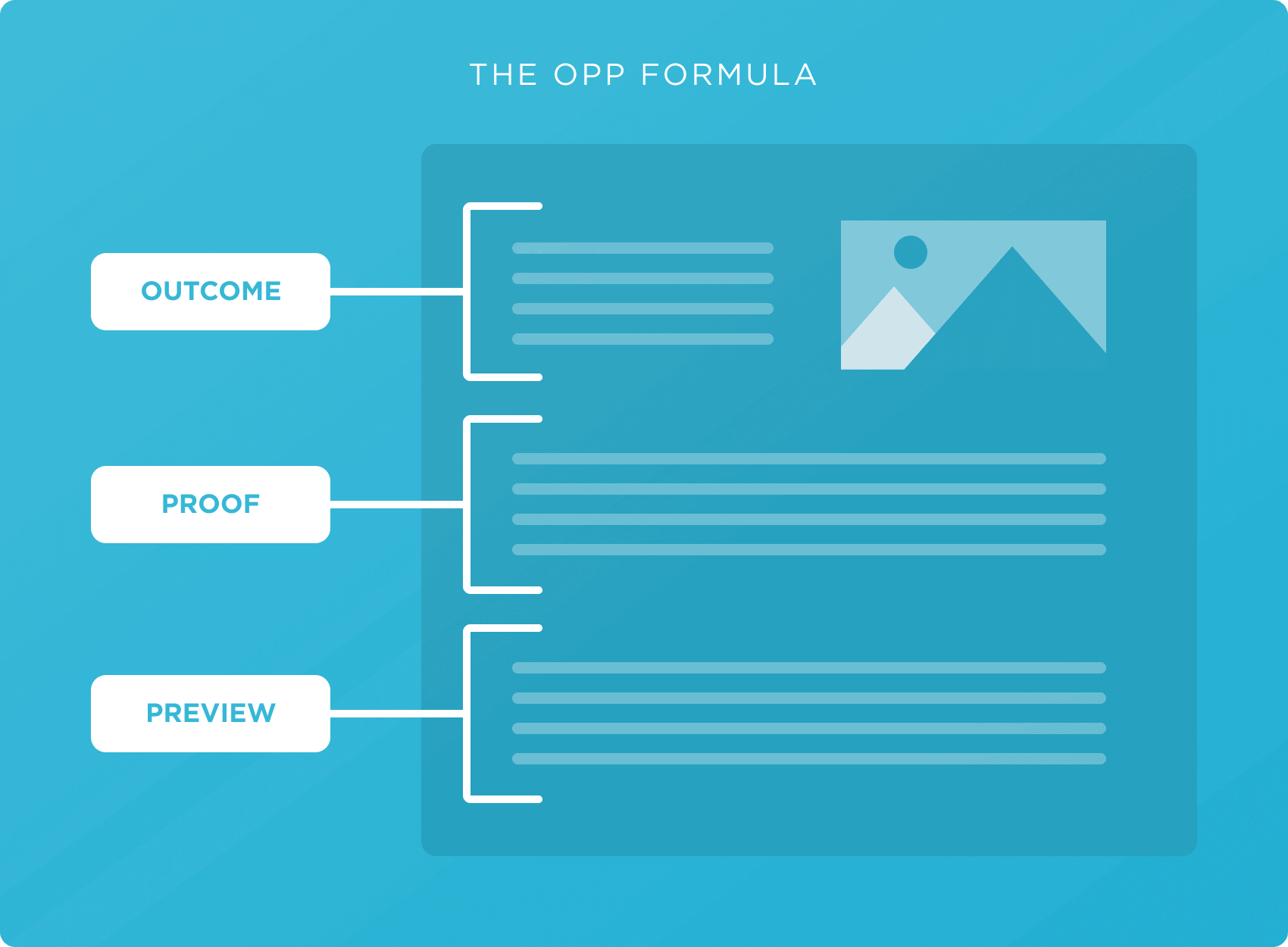
Here’s how it works:
First, you have the Outcome.
Start your intro off with the OUTCOME that your reader wants.
For example, what does someone searching for “list building” want?
MORE email subscribers!
So I start my intro off with that outcome front-and-center.
Now that you’ve hooked them with the Outcome, it’s time for the Proof.
Here’s where you prove that you know what you’re talking about.
For example, my intro shows people how I have 172k+ email subscribers.

Finally, cap your intro off with the Preview.
This is easy:
All you need to do is preview what your content has in store for them
For example, my preview gives my reader a sneak peek into my post… which makes them want to keep reading.

Step #3: Use External Links
Few years ago, an SEO agency in the UK ran an experiment to see if linking to other websites helped improve Google rankings.
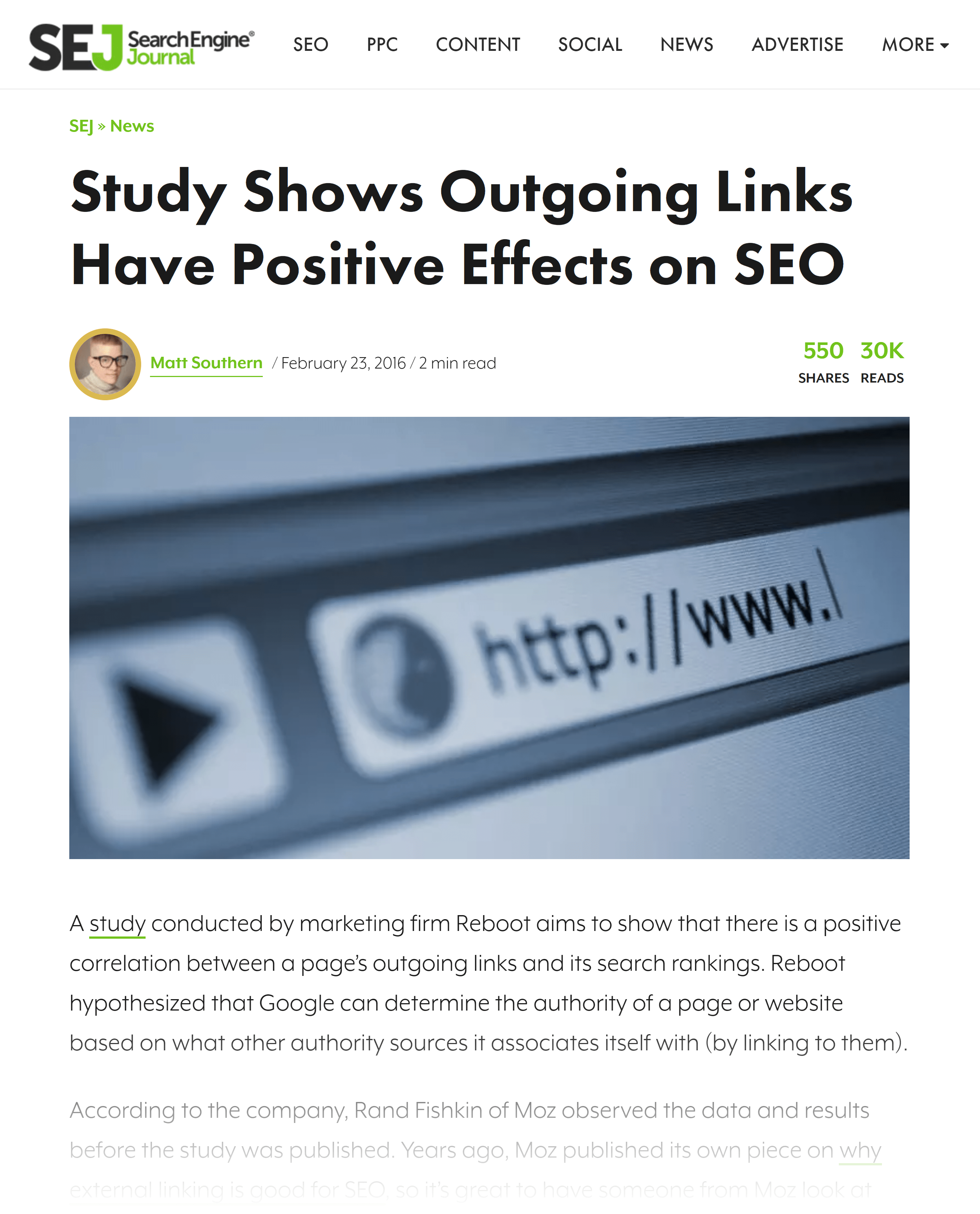
And they found that pages that used external links consistently outranked pages that didn’t link out.

That’s why I ALWAYS generously link out to other authority sites in my content.
For example, in my list building post, I use 16 external links… including links to authority sites like the Journal of Consumer Research.

Now, to be clear:
I don’t think external links are super important.
But every little bit helps…
…especially when you’re going after competitive keywords.
Step #4: Use Internal Links
Next, it’s time to create internal links that point to the page that you want to rank.
In other words, add links from OTHER pages on your site to your new post.
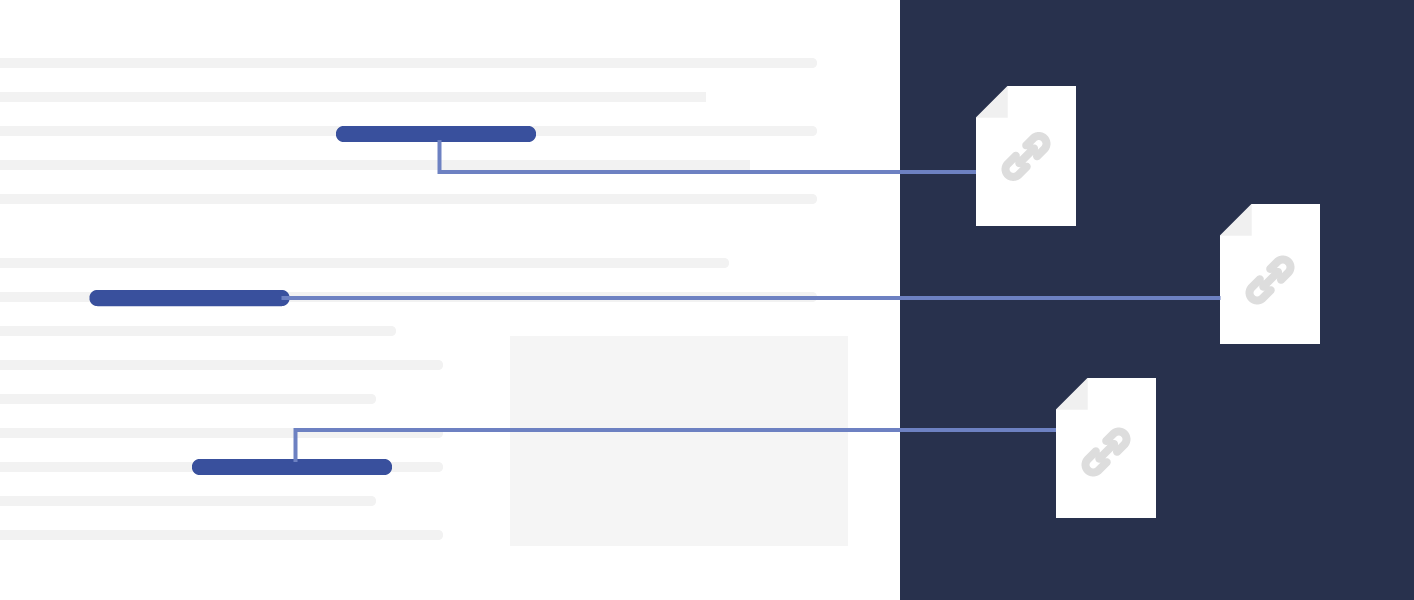
Those internal links will send link authority to your post, which can help your Google rankings.
For example, you can see that I link FROM these two pages on my site TO my list building post…
…which funnels juice to the post I want to rank.

Not only that, but the pages I’m linking from are topically related to my list-building post.
So this tells Google:
“Hey, these closely-related pages are all linking to the same post. That post must be important. So you should rank it higher.”
Step #5: Add Images, Visuals and Other Multimedia
Imagine that you had two pieces of content.
Let’s call them Blog Post A and Blog Post B.
And let’s say both pieces of content were exactly the same… with one major difference:
Content A looked ugly as hell. And Content B used lots of nice images.
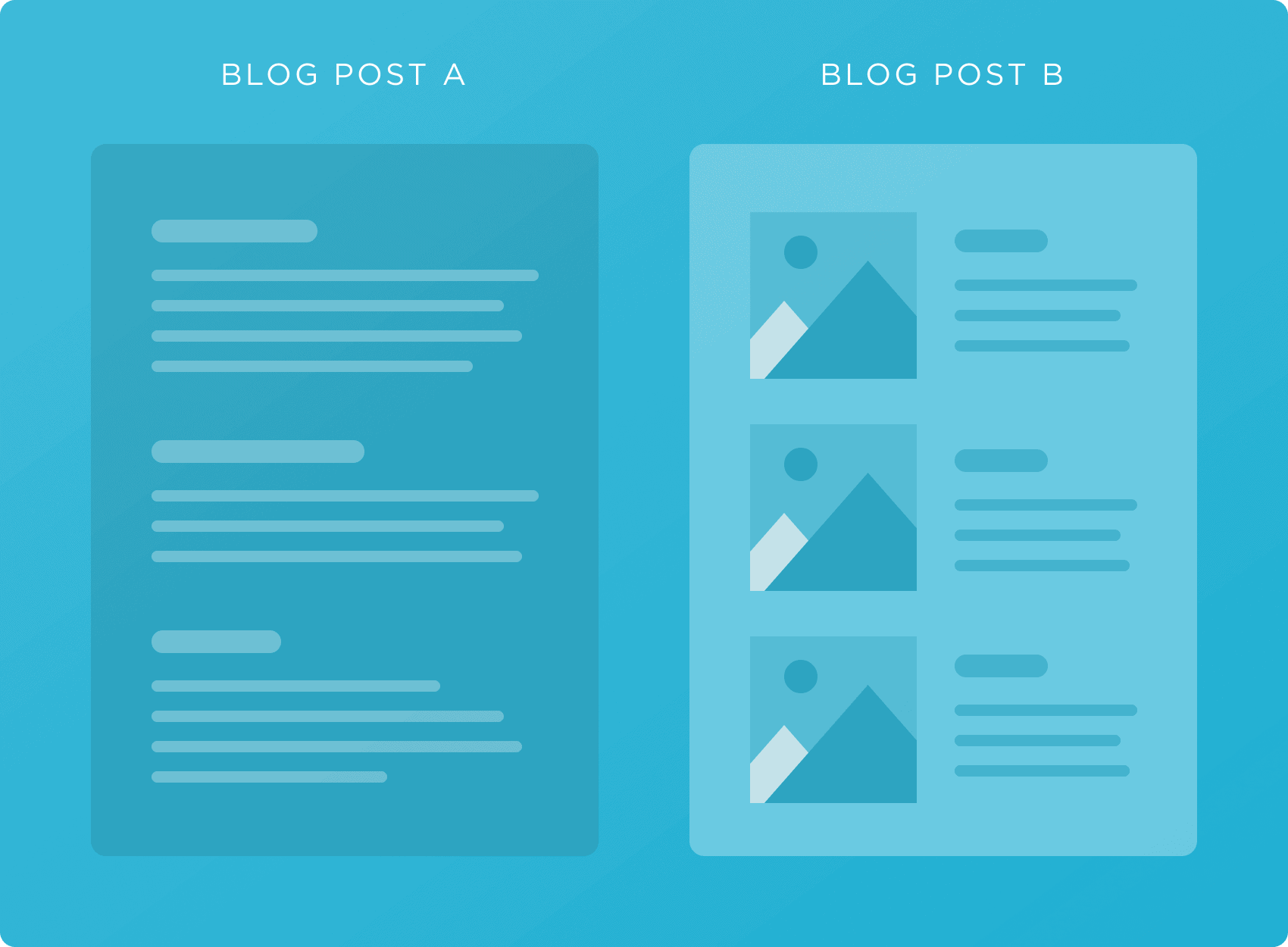
Which post will do better?
According to lots of industry research, Content B.
In fact, a study conducted by Sheffield University found that people judge content based on design first… THEN they size up the actual written content.

So if your content is a giant, ugly wall of text, Google users are going to instantly bounce.
But if your content contains lots of:
- Images
- Charts
- Visualizations
- Infographics
- Videos
- Quizzes
…They’re going to stick around and read your stuff.
For example, my post is packed with screenshots, visuals and other multimedia that help make my content look nice.
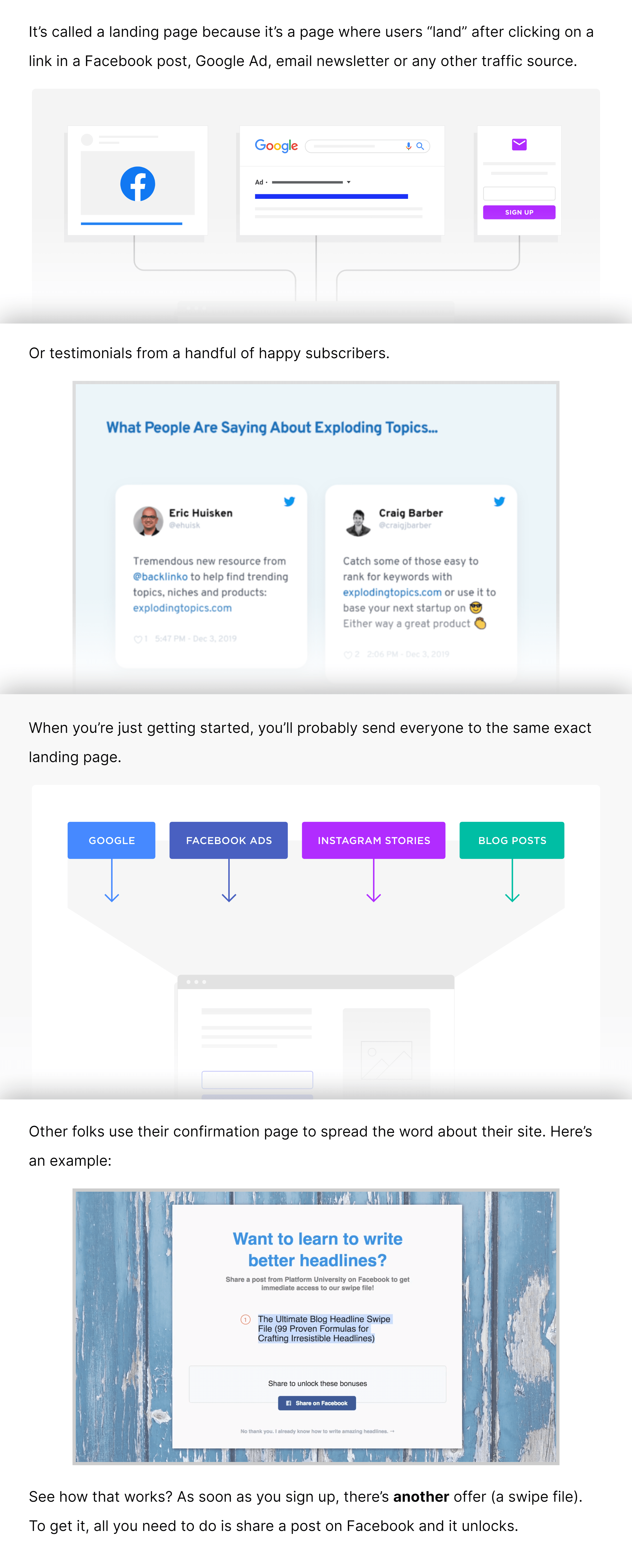
Now I should point something out:
You don’t need to go crazy and use a million images in every post.
Our search engine ranking factors study found that content with ONE image outranked pages that didn’t use a single image.
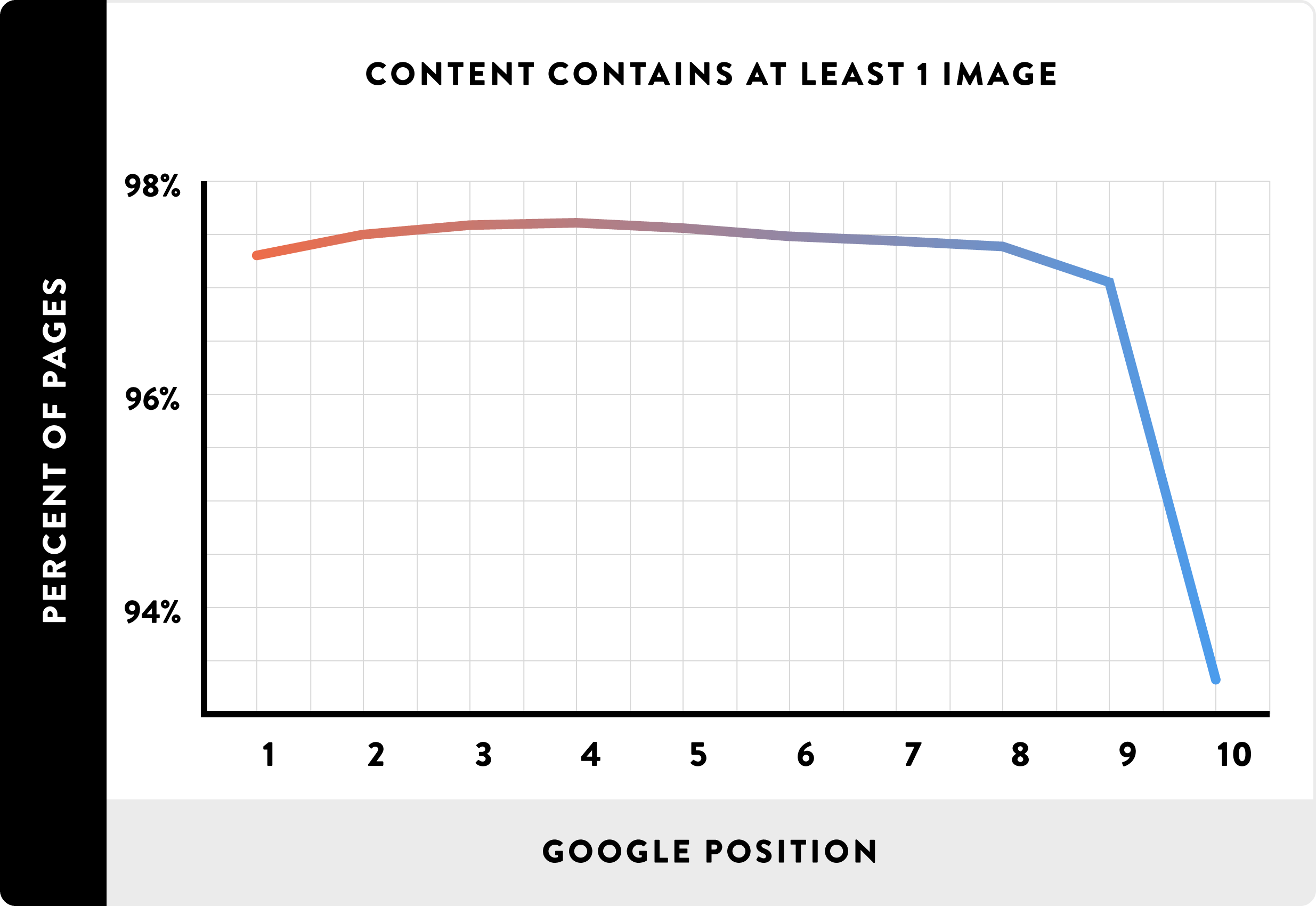
So using one image is WAY better than not using any at all.
Step #6: CTR-Optimize Your Title Tag
Like I mentioned earlier, Google pays VERY close attention to how people interact with your site.
And they want to see that people click on your site in the search results.
So if an above-average amount of people click on your site, it tells Google:
People really want to see this content. We need to push it to the top of the page!

This is known as organic click-through rate (CTR)… which is an SEO ranking factor that’s becoming more and more important every day.
So if you’re not optimizing your site for CTR, you’re missing out on A LOT of organic traffic.
For example, I used the phrase “How to” in my title.

I just started testing this.
And it looks like adding the phrase “how to” to your title tag improves CTR.
You can also use a number in your title.
Several industry studies show (like this one) that titles that contain a number get clicked on more than titles without a number.

That’s all there is to it.
Step #7: Optimize Your Content For Semantic SEO
You already know that you should mention your target keyword a few times in your content.
For example, you can see that I mention my keyword a handful of times throughout my post.

To be clear: I’m NOT keyword stuffing.
I’m just using my target keyword a few times to let Google know that my content is about: “list building”.
And to help them understand my content even better, I optimize it for Semantic SEO.
This isn’t nearly as complicated as it sounds.
Semantic SEO simply means that Google now tries to understand the TOPIC of your page… not just individual keywords.
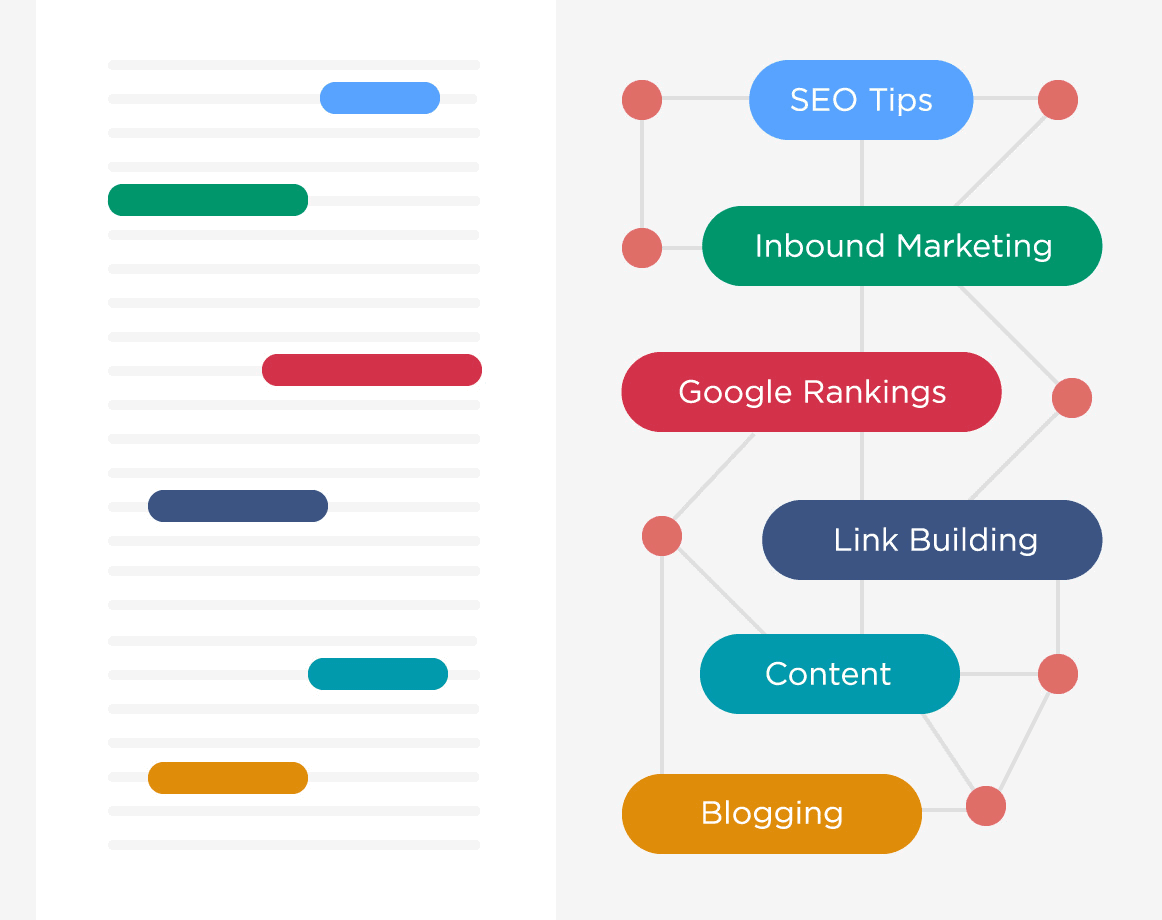
And to take advantage of Semantic SEO, all you need to do is sprinkle related words and phrases into your content.
These related words and phrases help Google understand your content’s topic.
For example, let’s say you just wrote a post about being more productive. And your main keyword for that post is: “Productivity Tips”.
You’d just search for that keyword – and related keywords – in Google.

Then, check out the “Related Searches” terms at the bottom of the first page.

Finally, add those terms to your content.
You can also use Google Suggest.
Enter your keyword into Google and see what Google suggests to you.

Again, add a handful of these to your article and you’ll help Google better understand what your content is all about.
In my case, I found semantically-related terms like “list building strategies”.
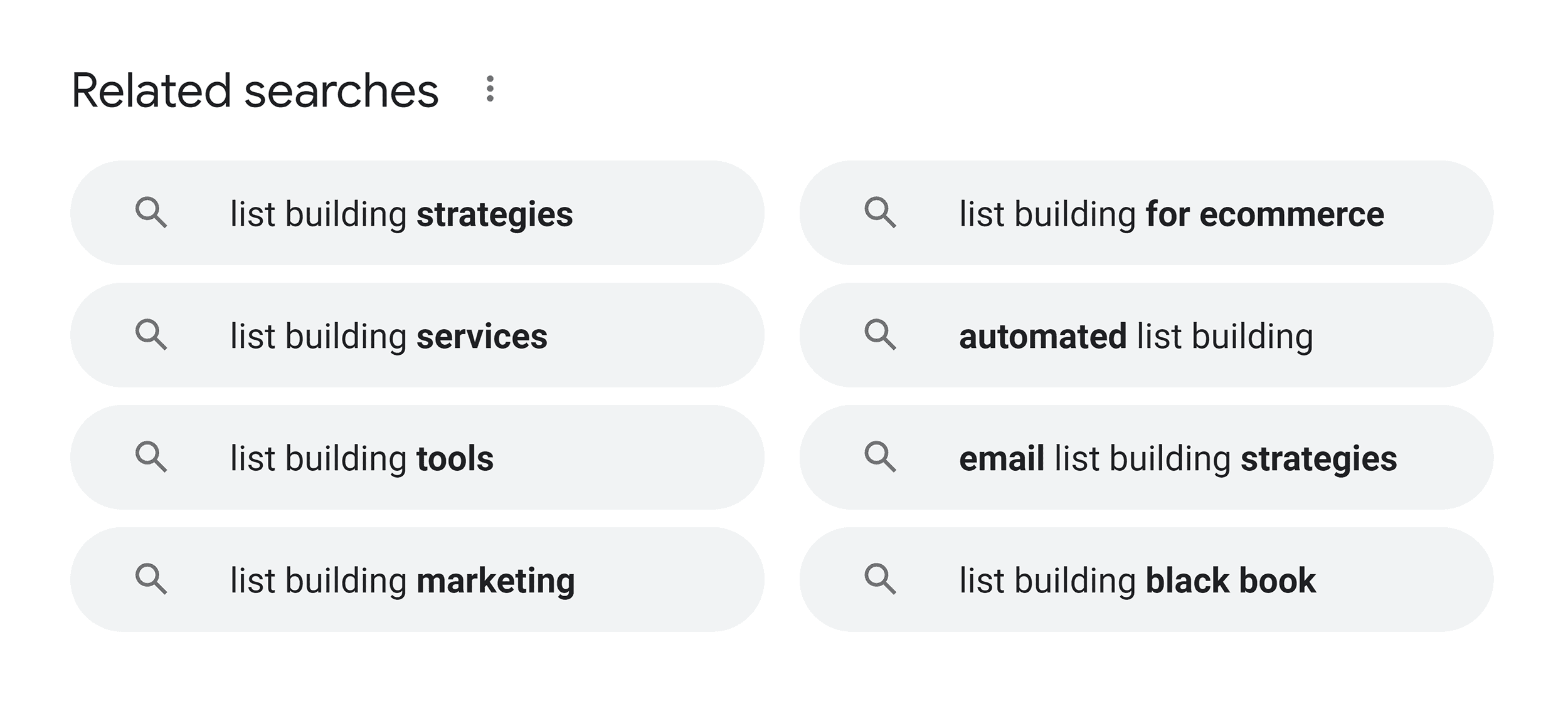
So I added those terms to my content where it made sense. Simple.
Step #8: Get Lots of Comments On Your Blog Posts
Do comments help your content rank better in Google?
Definitely.
In fact, a Google employee said that comments can help “a lot” with rankings.

And if you go to my blog you’ll notice that I tend to get lots of comments on every post.

And these comments are one of the main reasons that I’m able to rank for so many competitive keywords.
The question is:
HOW do you get people to actually comment on your blog posts?
Here are two tips that work GREAT.
First, reply to every single comment.
I’m shocked at how many people complain that no one comments on their stuff…
…and then completely ignore the few comments that they get.
So to show people that I respect their take, I reply to almost every comment that comes in.
For example, you can see that I took the time to reply to everyone that left a comment on my list-building post.
This shows anyone that reads my post that I read and reply to comments…
…which makes THEM more likely to leave a comment too.
And over time, Google sees that my content isn’t just a static page, but an active community. So they rank it higher.
That said, the hardest part is usually getting the ball rolling with the first few comments.
This leads us to our second tip:
Make your conclusion a call to action.
Let’s face it:
Most people’s conclusions are boring summaries of their posts.
They say things like: “There you have it, 6 ways to blah blah blah.”
A conclusion like this isn’t to light a fire under anyone’s butt to actually write a comment.
Instead, I recommend making your entire conclusion a call-to-action that encourages people to comment.
For example, in the past, my post’s conclusion asked people to subscribe to my newsletter.
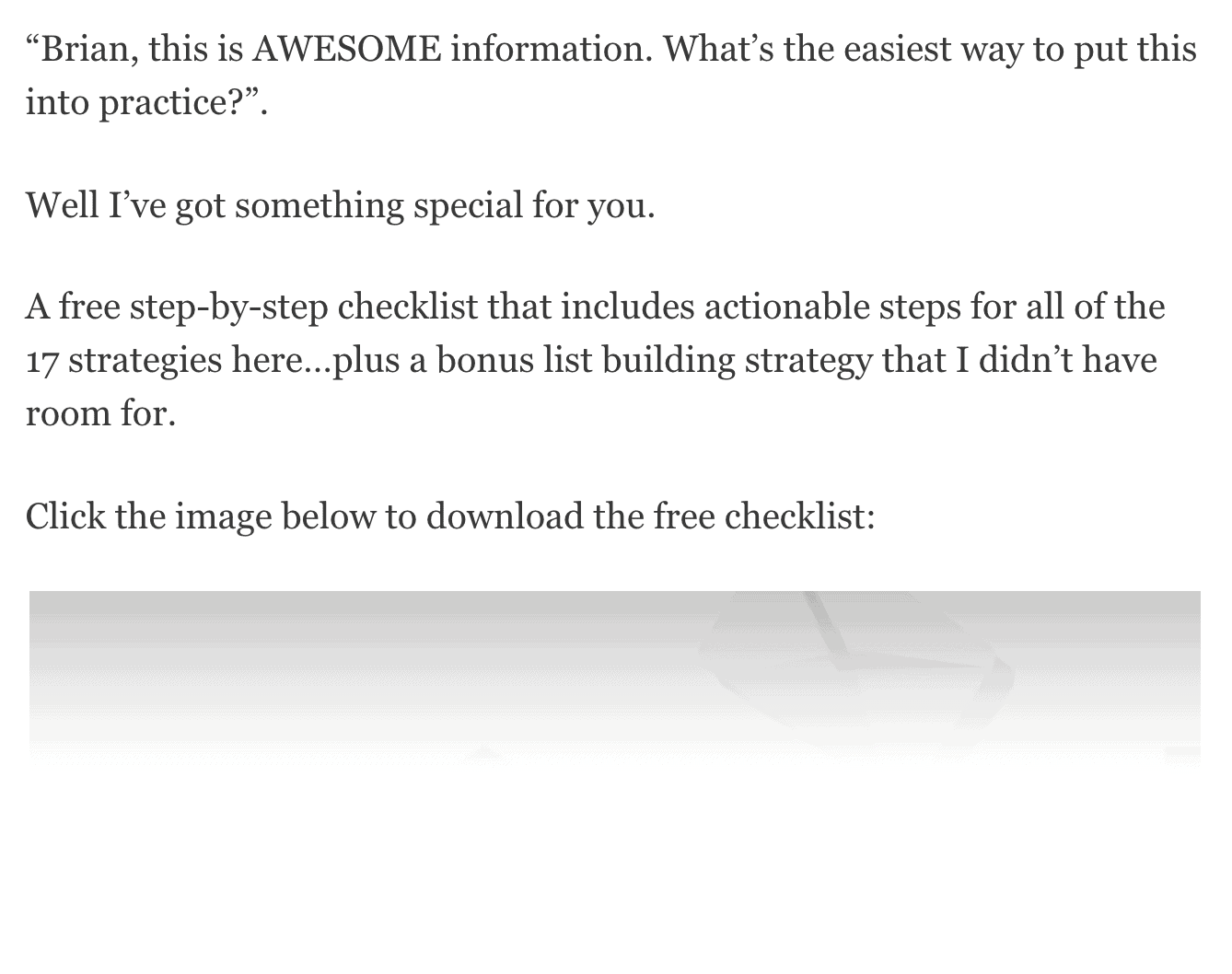
But I also had a CTA to comment:

Step #9 Use Click To Tweet Buttons
This is one of my favorite ways to get more social shares and traffic.
I’ll explain how Click to Tweet buttons work in detail in a minute.
But the basic gist is that you add a bunch of buttons to your content that people can use to tweet individual strategies from your post.

In fact, my list building post includes 17 Click to Tweet buttons.
Now, I should point something out:
Google probably doesn’t use social shares like Tweets, Facebook likes or Pinterest pins as a direct ranking signal.

In other words, people sharing your stuff on social media WON’T help with SEO…directly.
That said, social shares can bring your content more traffic.
And the more traffic you get, the better your chances that some of these visitors will link to your site.
And those links WILL directly improve your rankings.
With that, here’s how to create click-to-tweet buttons, step-by-step.
First, find a tip, strategy or quote in your content that’s worth sharing.
For example, because my content was a list post, I decided that every technique on my list would make for a great tweet.

Next, use ClickToTweet.com to make a click to tweet button. Simply write the tweet you want, and it’ll create a link that you can use.
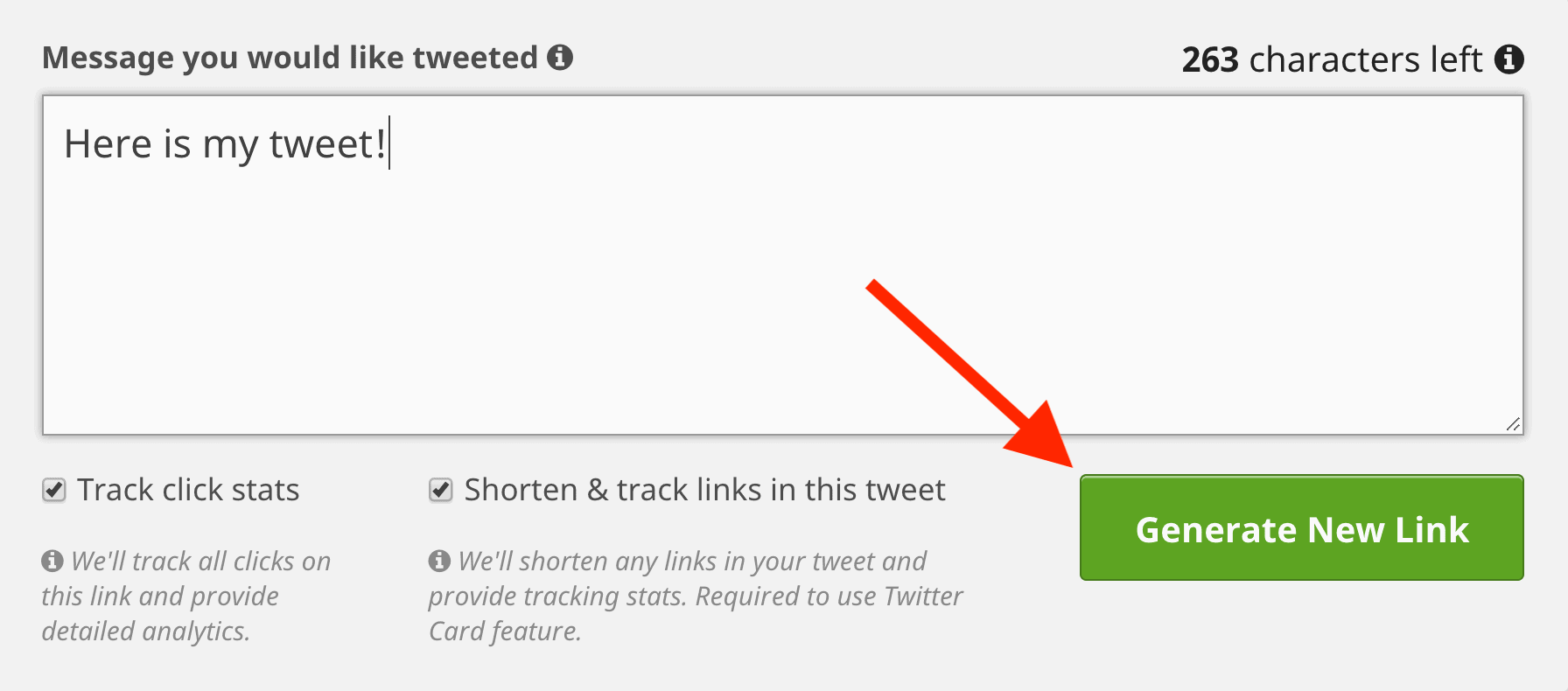
Finally, add those links to your content. You can use buttons as I use in my post.

Or you can just make the links plain-text.
Either way works.
And when someone clicks on one of your click to tweet buttons, they’ll get a pre-made tweet that they can use to share that specific strategy with their followers.
And let me tell you, these work GREAT.
In fact, most of the tweets that I got on my post are from people that shared using my click to tweet buttons.

Step #10 Promote Your Content With the Content Roadshow
Here’s the deal:
If you want to rank in Google today, you need to strategically promote every piece of content that you publish.
In fact, this is a mistake I made when I was first starting out.
When I launched my first website a few years ago, I would just publish a bunch of content and hope for the best.
I call this “The Publish and Pray Approach”
Back then I underestimated how hard it can be to get people to actually see the content that you publish.
So I just published… and prayed.
And one day I read that WordPress-powered sites alone put out 70 million new posts each month.
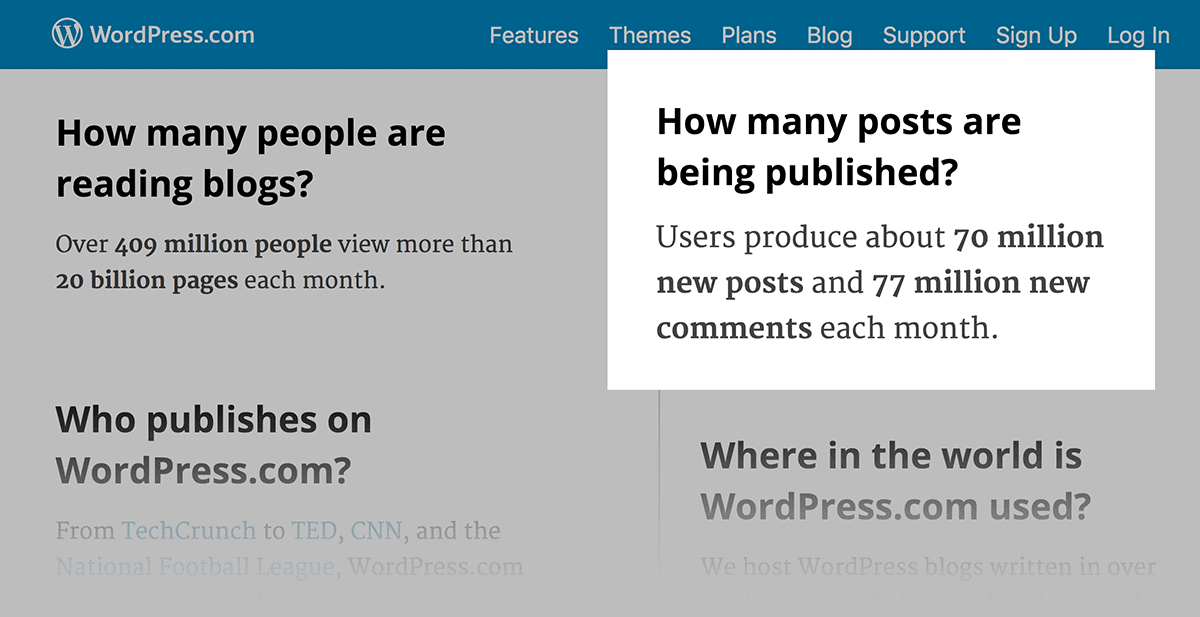
That’s when I realized that the chances of my content standing out without any promotion was like winning the lottery.
So I decided to promote everything that I published.
And over the years I developed a handful of content promotion strategies that work GREAT..
One of my favorites is called The Content Roadshow.
Thanks to The Content Roadshow, I was able to get my post in front of influential bloggers… bloggers that shared my post with their audience.
Here’s the step-by-step process:
First, find people that are legitimately interested in your post’s topic.
For example, for my content, I found people that wrote about building an email list. Or people that had shared content on that topic.
You can find these people by searching in Google…
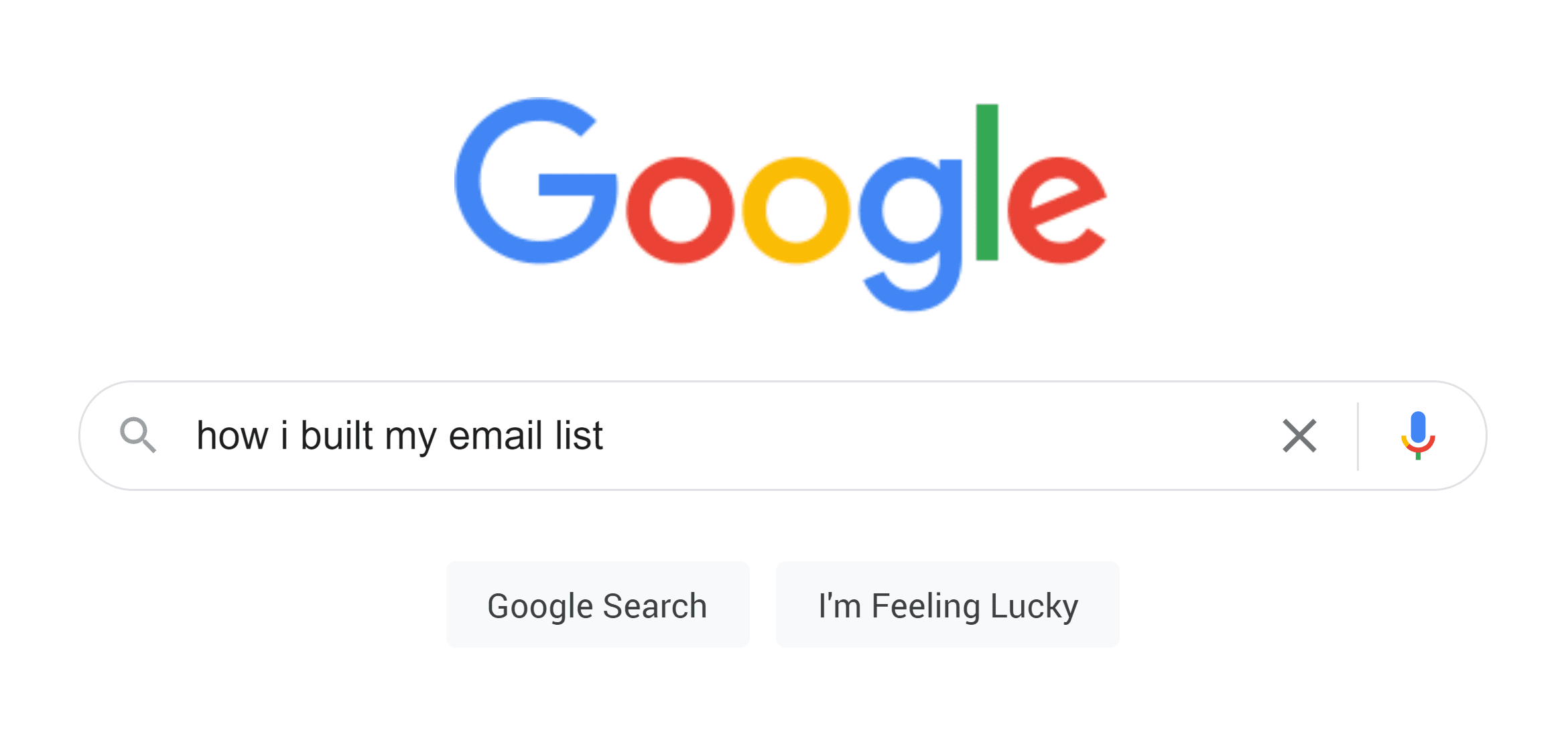
…or using a tool like Buzzsumo.
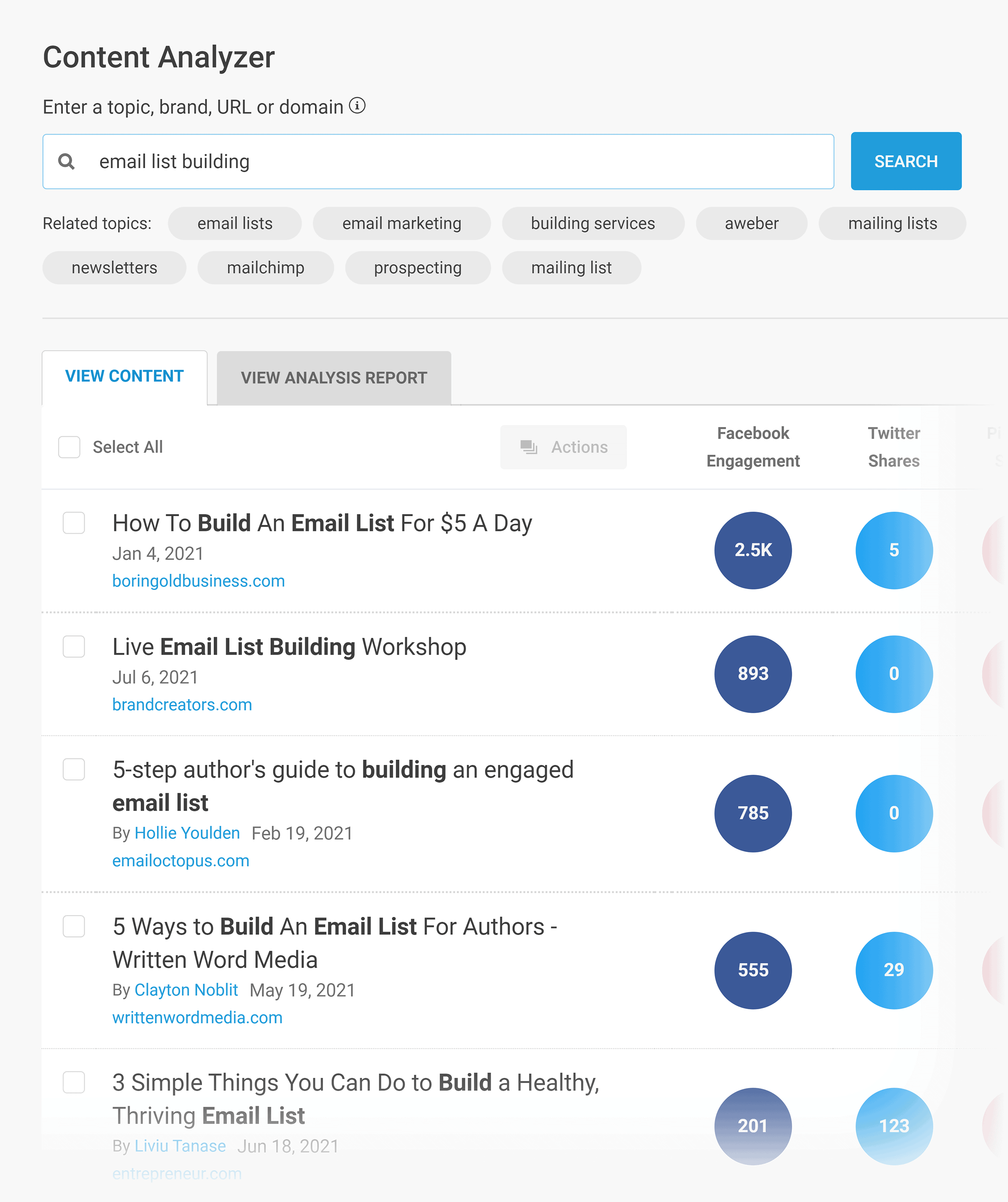
Next, you want to email these people to see if they’re interested in reading your content.
This is KEY.
You see, when most people promote their content, they’re WAY TOO PUSHY.
In fact, I get emails that ask or beg me to share someone’s stuff.
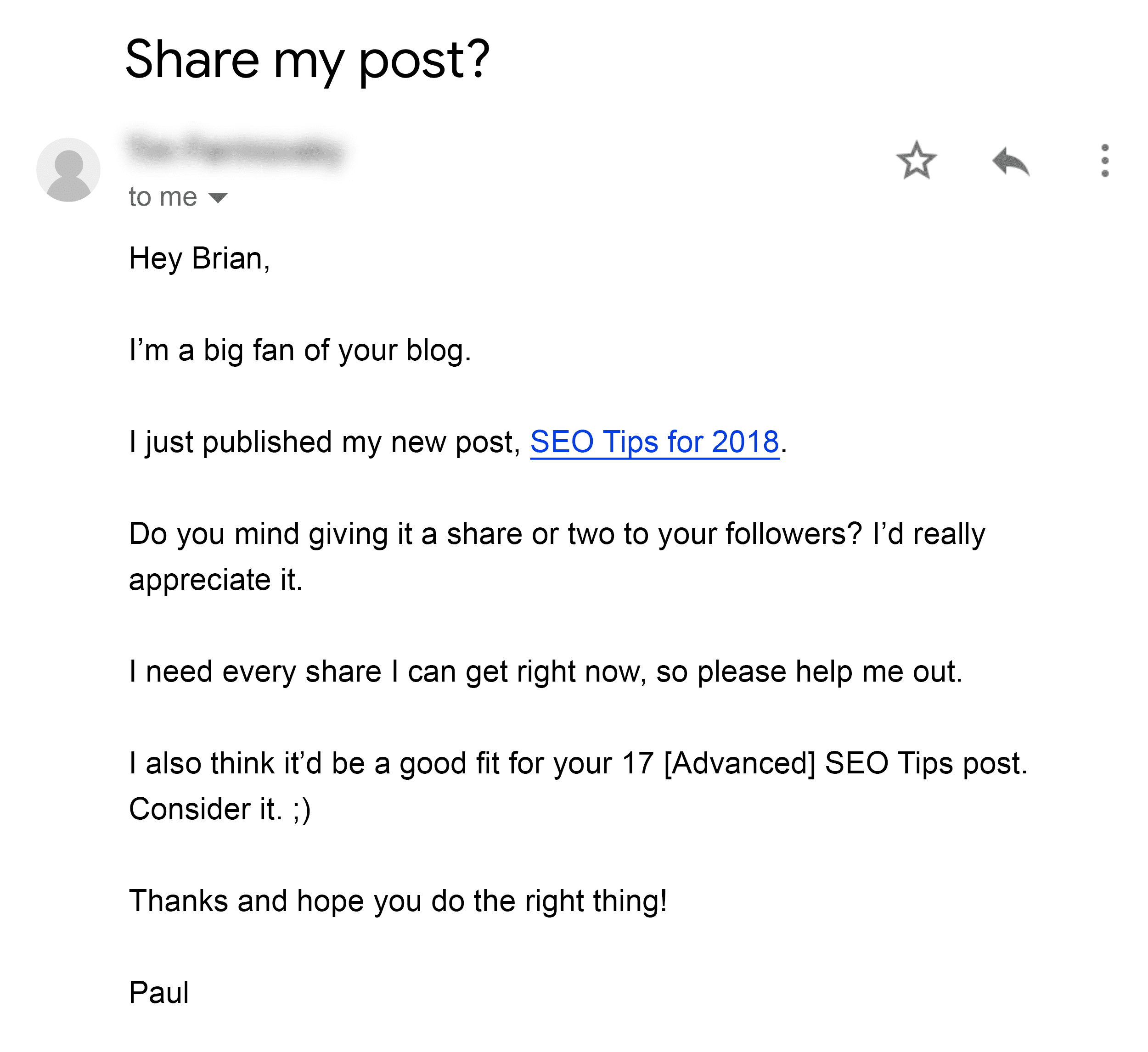
And I instantly delete them.
Instead, I recommend using a two-step approach.
Your first email gauges someone’s interest in your content. That way you’re not shoving a link in someone’s face.
Hi [Name],
I noticed that you recently shared one of my favorite articles about [topic].
I actually have a [topic] post coming out this week that I think you might enjoy.
Want me to let you know when it goes live?
Here’s a real-life example.
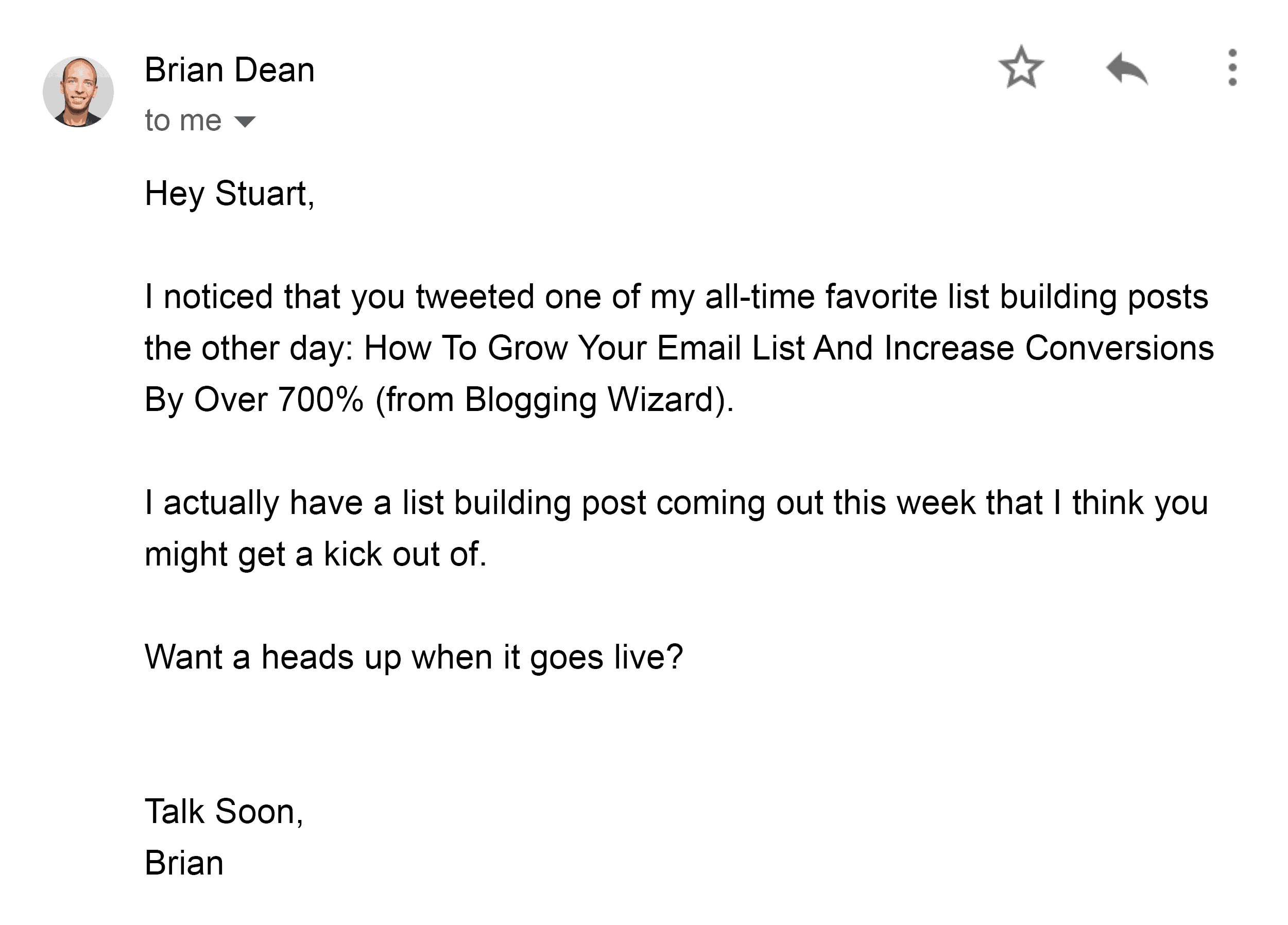
And when someone gets back to you saying they’d like to check out your content…
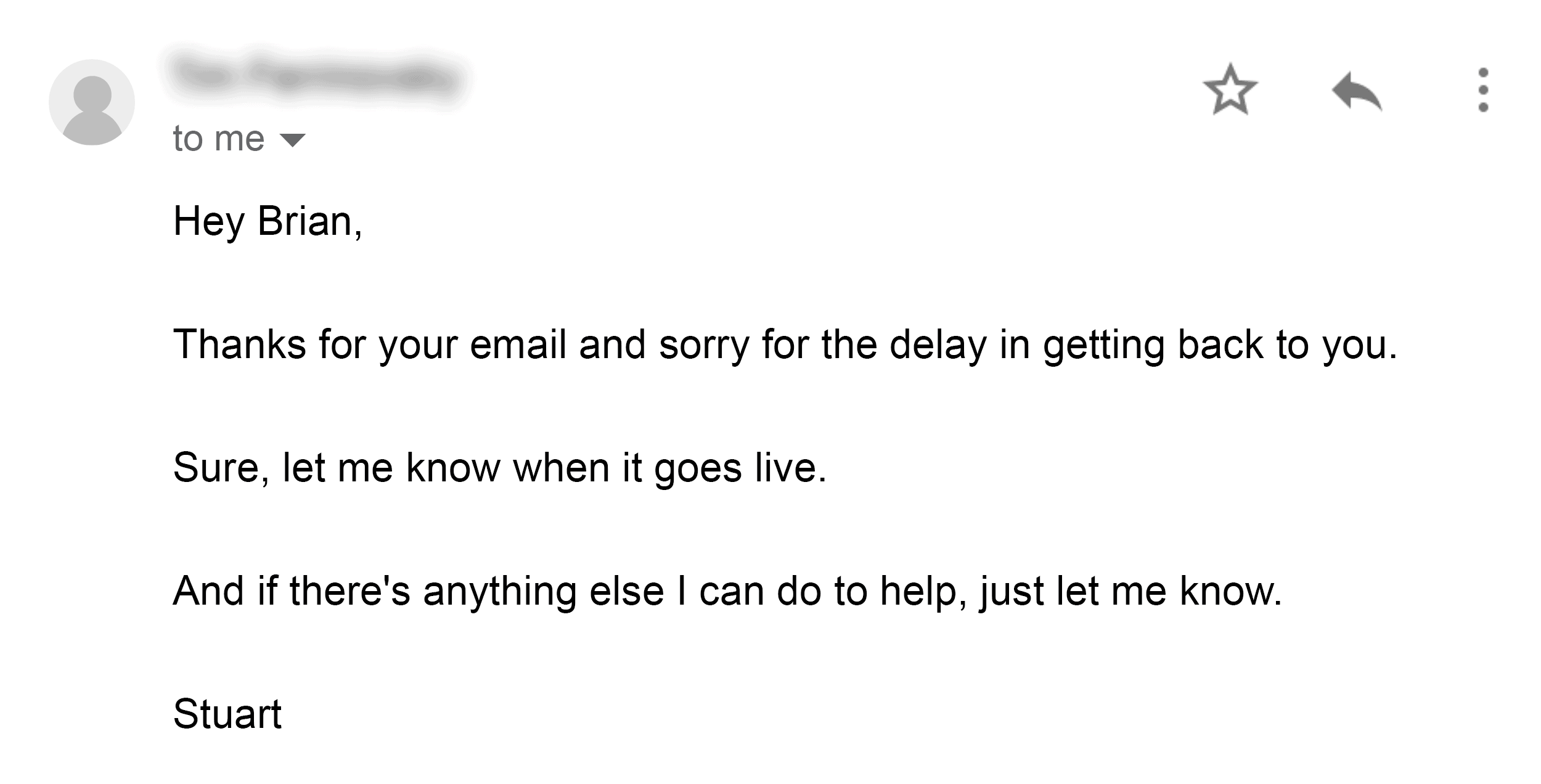
…THEN send them a link.

Note that I DON’T ask for a share.
Again, the point of the Content Roadshow isn’t to be a pushy jerkface.
Nobody likes a pushy jerkface 🙂
Instead, your goal is to get your content in front of people.
Specifically, people that have the power to share it.
And these people aren’t dumb. If they like your content, they’ll share it. There’s no need to even ask.
In fact, you can see that many of the people that I reached out to happily shared my content with their followers.

Which led to hundreds of visitors that would have never seen my content otherwise.

Bonus Step: Regularly Update Your Content
Back in the day I’d publish a post, promote it, and never look at it again.
And I realized that, over time, a lot of the content on my blog was out of date.
For example, for my list building post, I had old screenshots, outdated numbers and tools that didn’t even exist anymore.

Not only did this outdated content hurt my readers, but it was bad for SEO too.
Whenever someone came to my site from Google and saw my stuff was outdated, they’d bounce back to the search results to find something that WAS up-to-date.
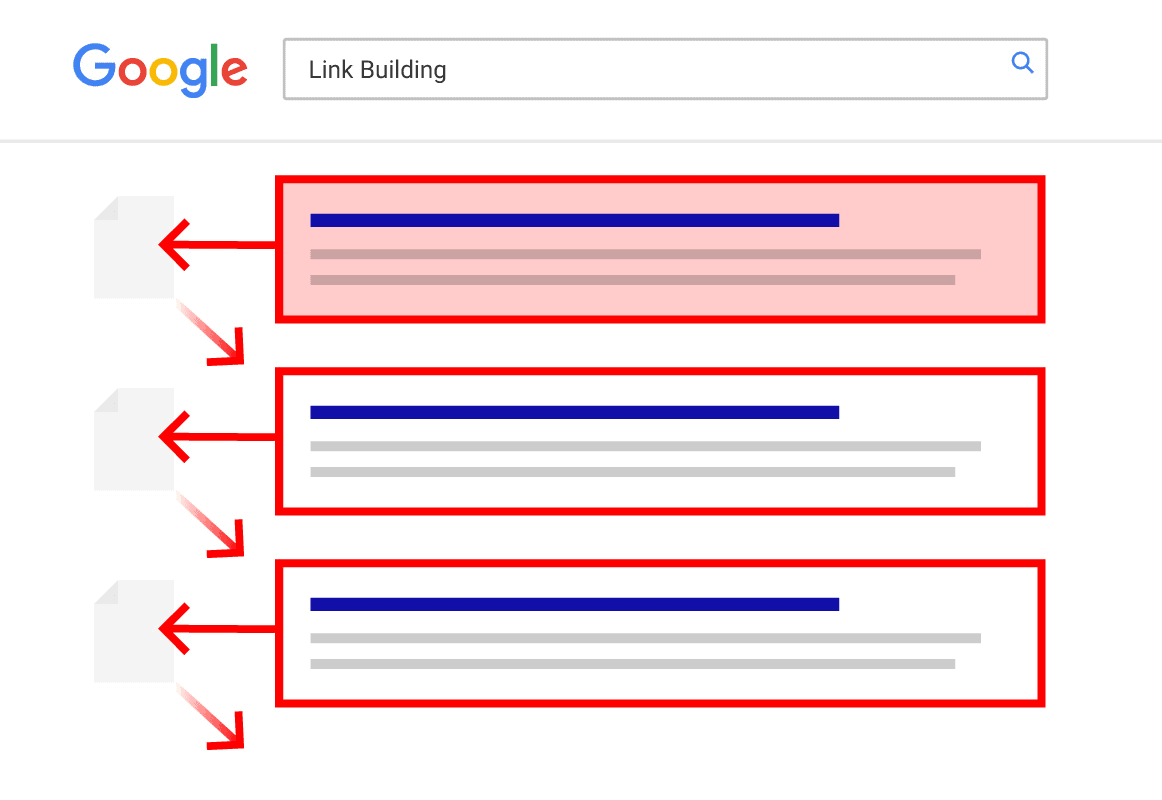
That’s why I set aside about one day per quarter to review my content… and update it.
Sometimes my content just needs a new paint job.
So I’ll replace broken links, add new screenshots and rewrite certain sections to make them more current.
I’ve done this a few times over the past year or so.
And I’ve noticed that these small tweaks and updates help maintain my long-term rankings.
But sometimes a new paint job won’t cut it. My content needs a complete overhaul.
For example, this post on my blog was pretty out of date.
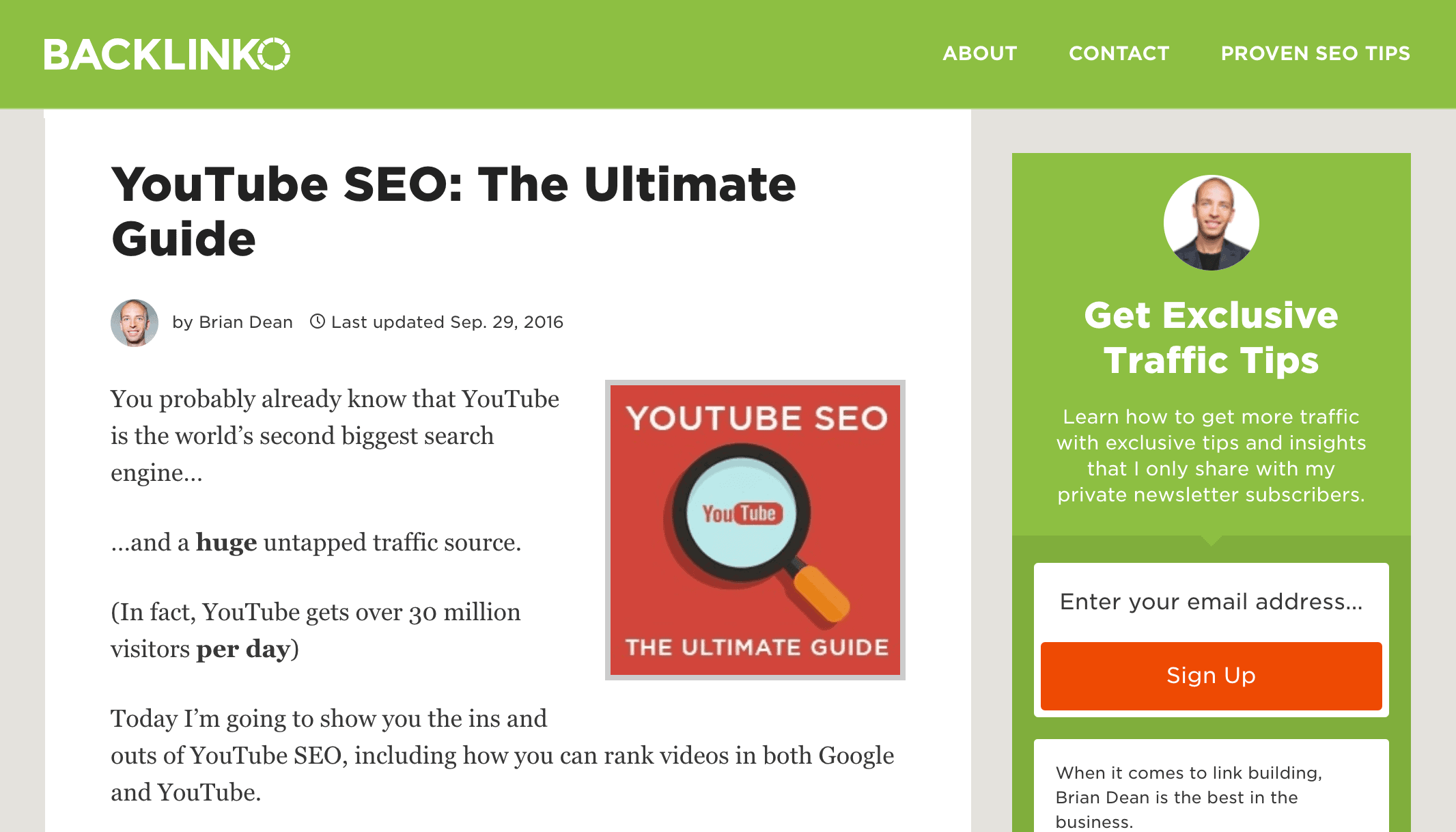
It also was lacking a lot of detail compared to the other content that was ranking for my target keyword: “YouTube SEO”.
So I went in and completely overhauled and upgraded my post.
For example, I improved my page’s readability and structure so that Google searchers could find what they needed even faster.
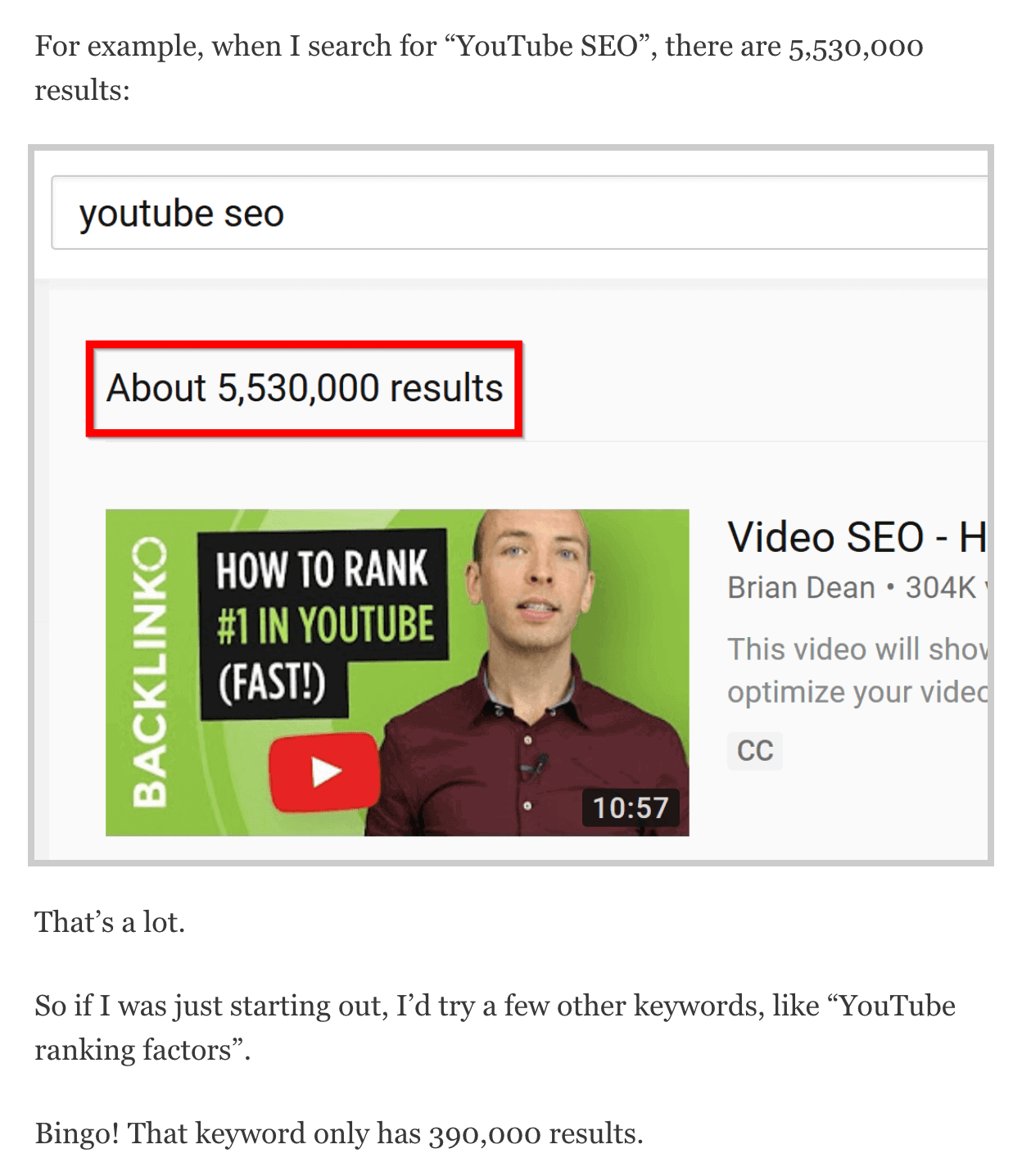
I also added more examples to make the steps easier to understand and implement.
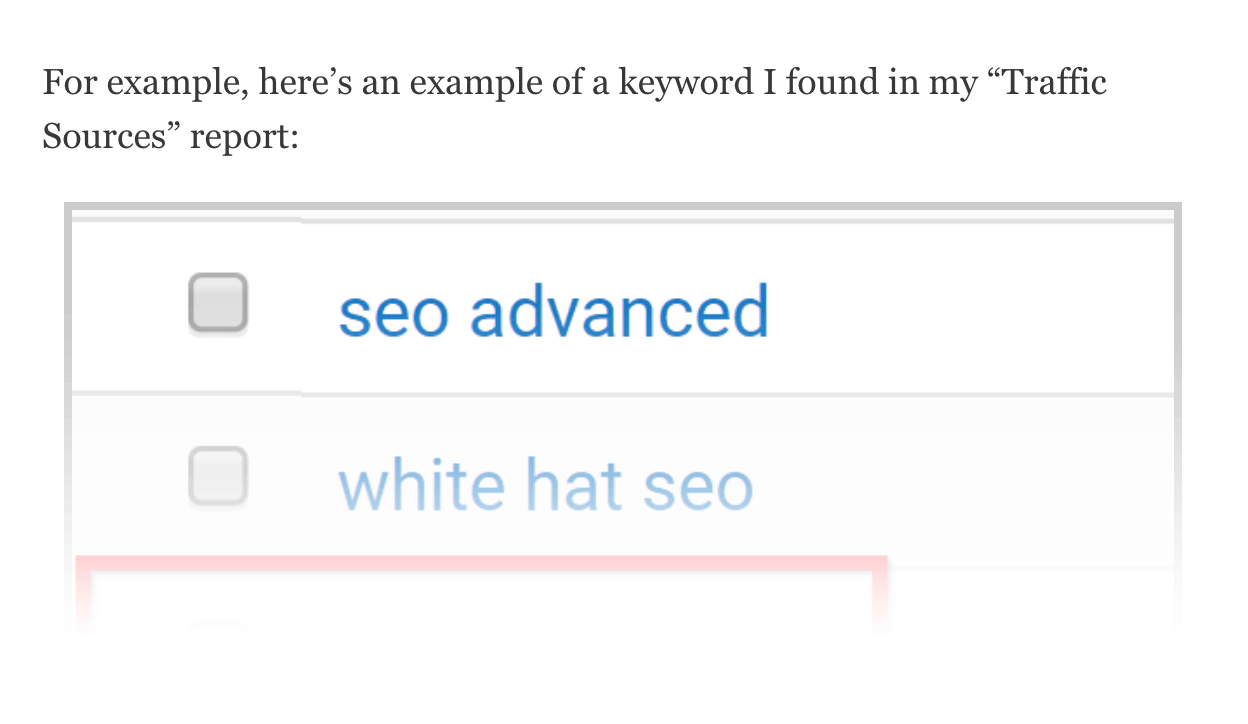
Finally, I answered questions that people asked me in blog comments and on Twitter.
For example, lots of people ask me how long their videos should be.
So I included a little section on that exact topic:
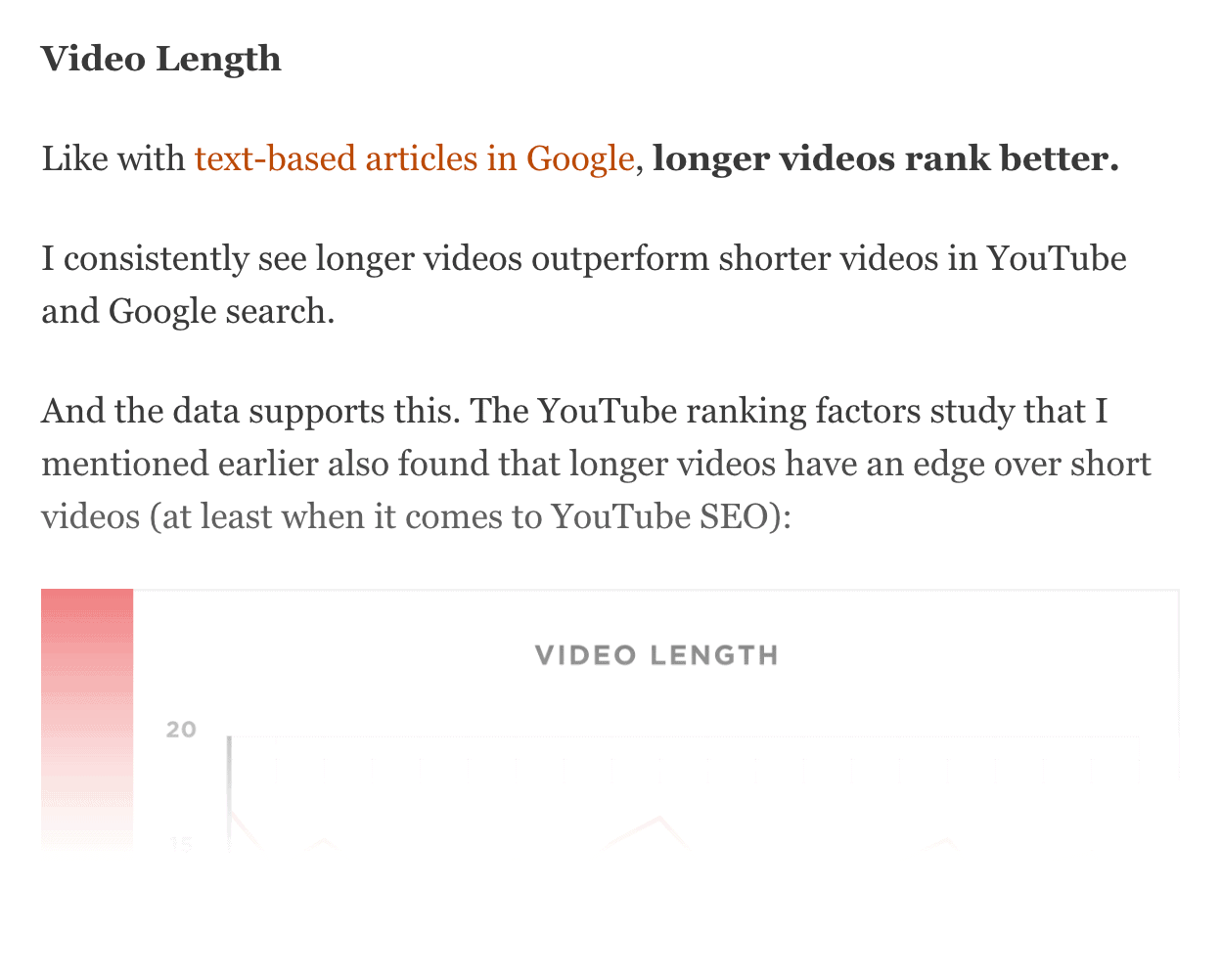
And those improvements helped increase that page’s organic traffic by 23.49%.
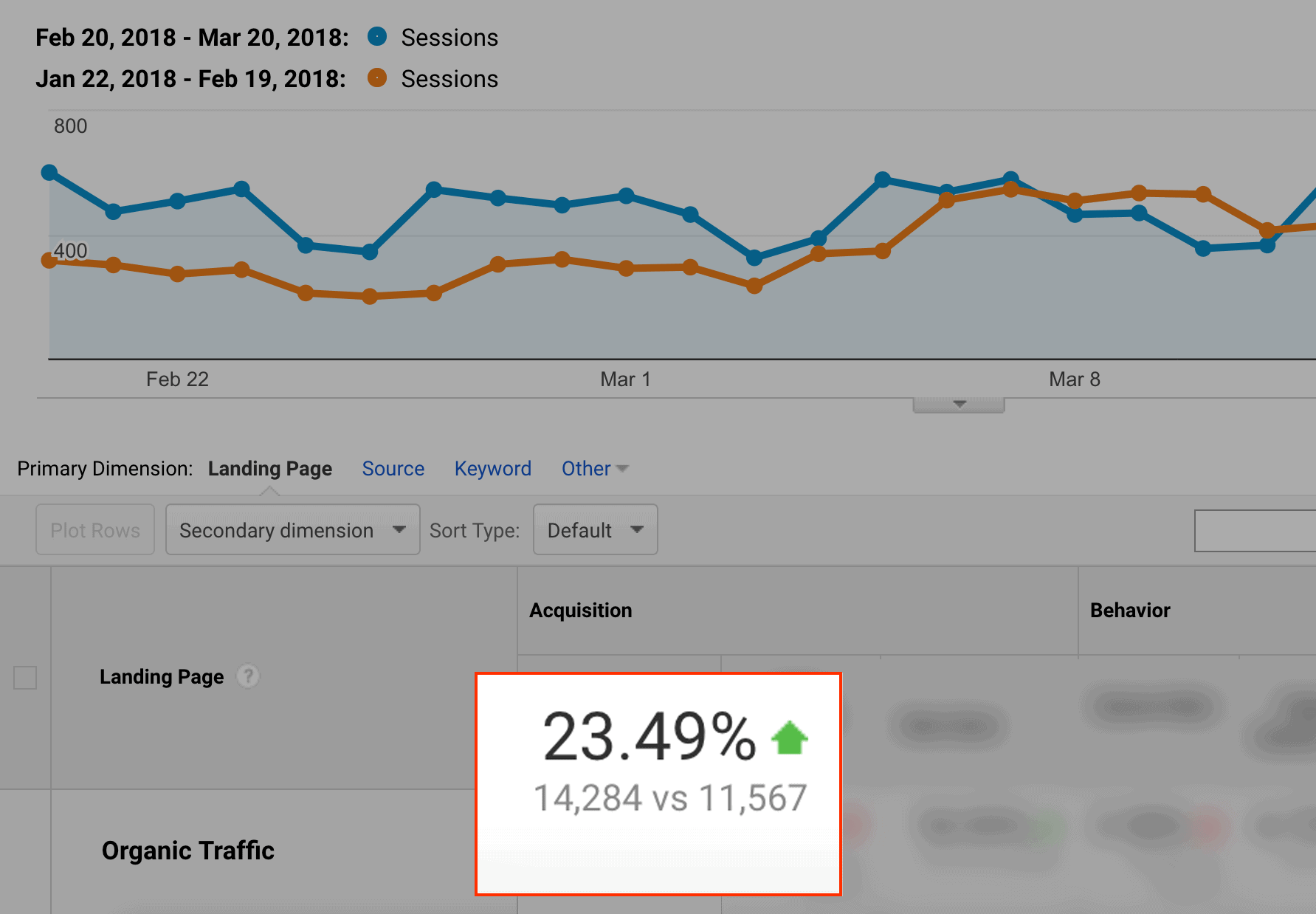
Backlinko is owned by Semrush. We’re still obsessed with bringing you world-class SEO insights, backed by hands-on experience. Unless otherwise noted, this content was written by either an employee or paid contractor of Semrush Inc.

